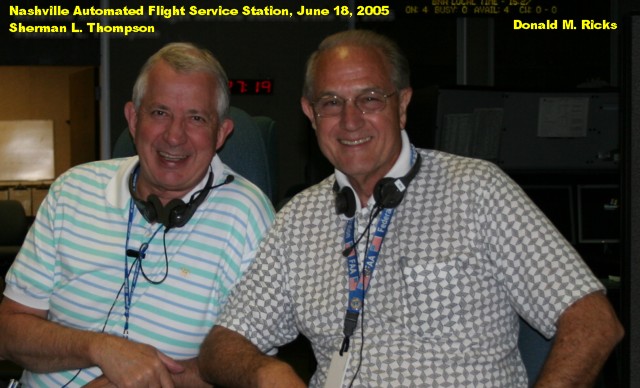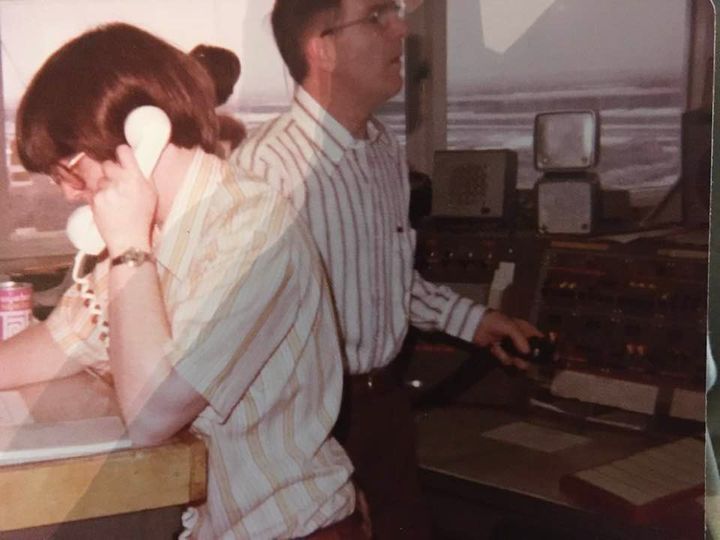Below are photos of the Anchorage International Flight Service Station (IFSS) video lab reassembly in 1987.
Submitted by Marshall Severson
The Video lab was originally located at Anchorage ARTCC (ZAN). In 1987 we moved it to the Anchorage I/FSS basement, where we made training tapes using 3/4 inch video. I was told that the original equipment cost $500,000. It was a full video studio with cameras, recorders, mixers, graphic equalizers, dubbers, editors, etc. I believe most of the tapes were lost after ANC FSS decommissioning. There are a few tapes still out there. In fact, I dug up a copy of a DF Approach to Talkeetna a few years ago after having it buried among my personal VHS tapes and now digital. We did pilot briefing tapes as well as an FSS modernization tape with Dick Mathews, introducing the AFSS facility. It was strictly a collateral duty, and there was no staff assigned to the video lab.
I kept at making videos at the Regional Office (RO), and the best was when we brought a former ANC FSS guy, Dave Campbell, in from retirement to do an 8-part series on Alaska VFR Routes (and emergency services) in 2010. This was long after we had a studio, partly because people still remembered his original local area knowledge video taped at ZAN studio, which was lost. The replacement video was done in the Air Traffic Division conference room in Anchorage. Dave got an award from the AAL Regional Administrator Bob Lewis for doing the videos.
Here is a sample that is posted on FAA TV: https://www.faa.gov/TV/?mediaId=204
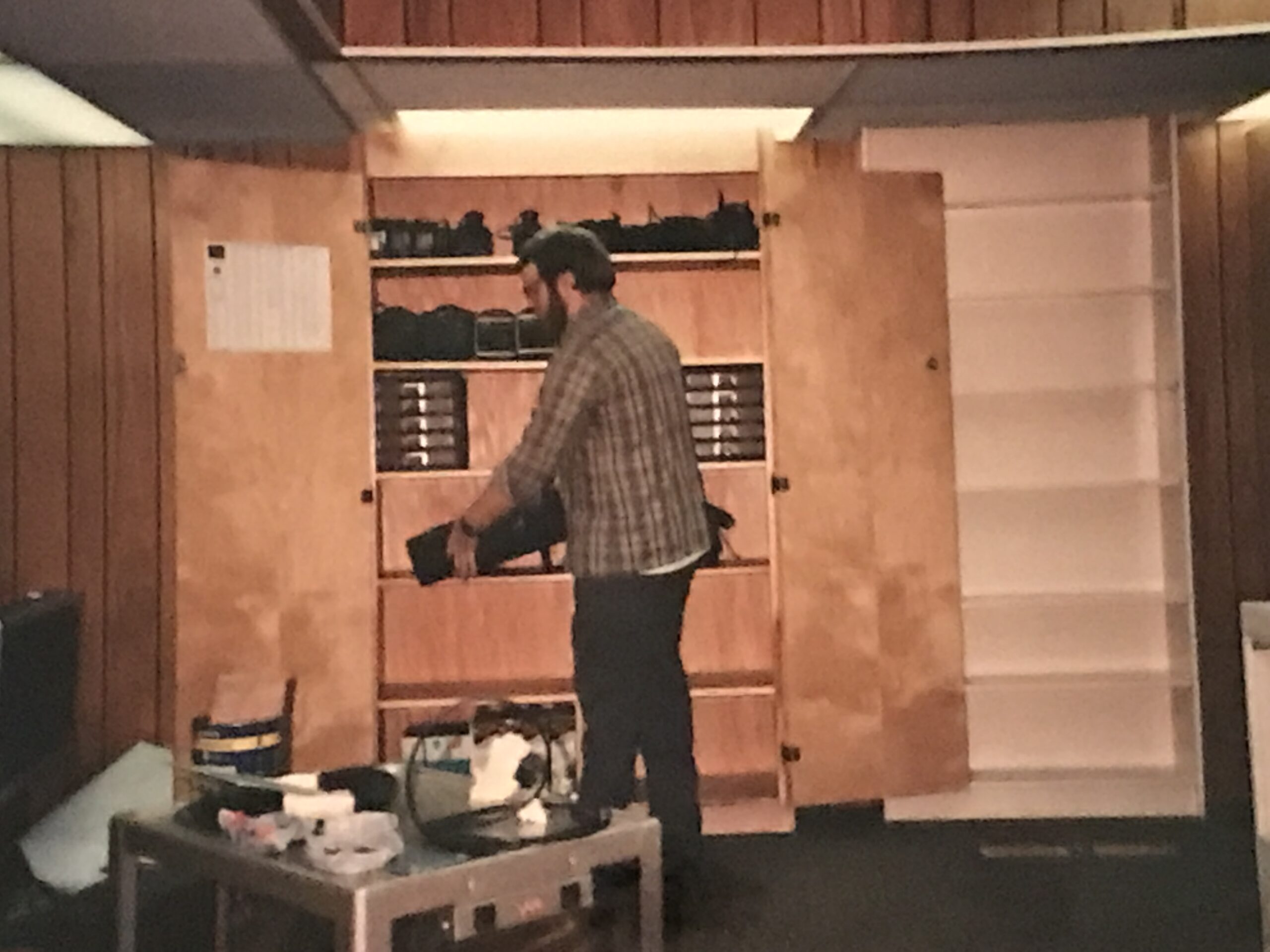
Video Lab Reassembly ANC FSS, Marshall Severson
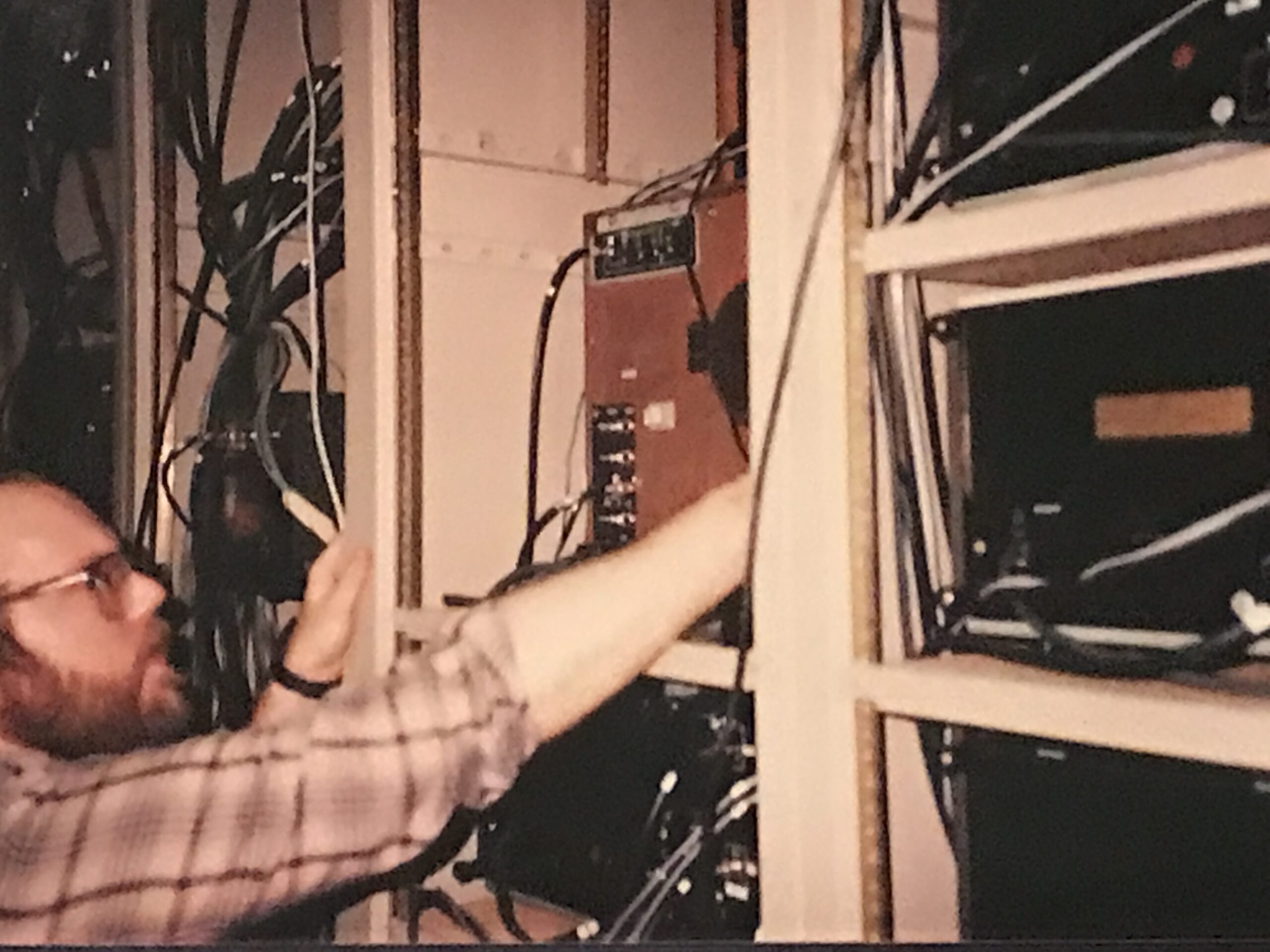 Video Lab Reassembly ANC FSS, Marshall Severson
Video Lab Reassembly ANC FSS, Marshall Severson
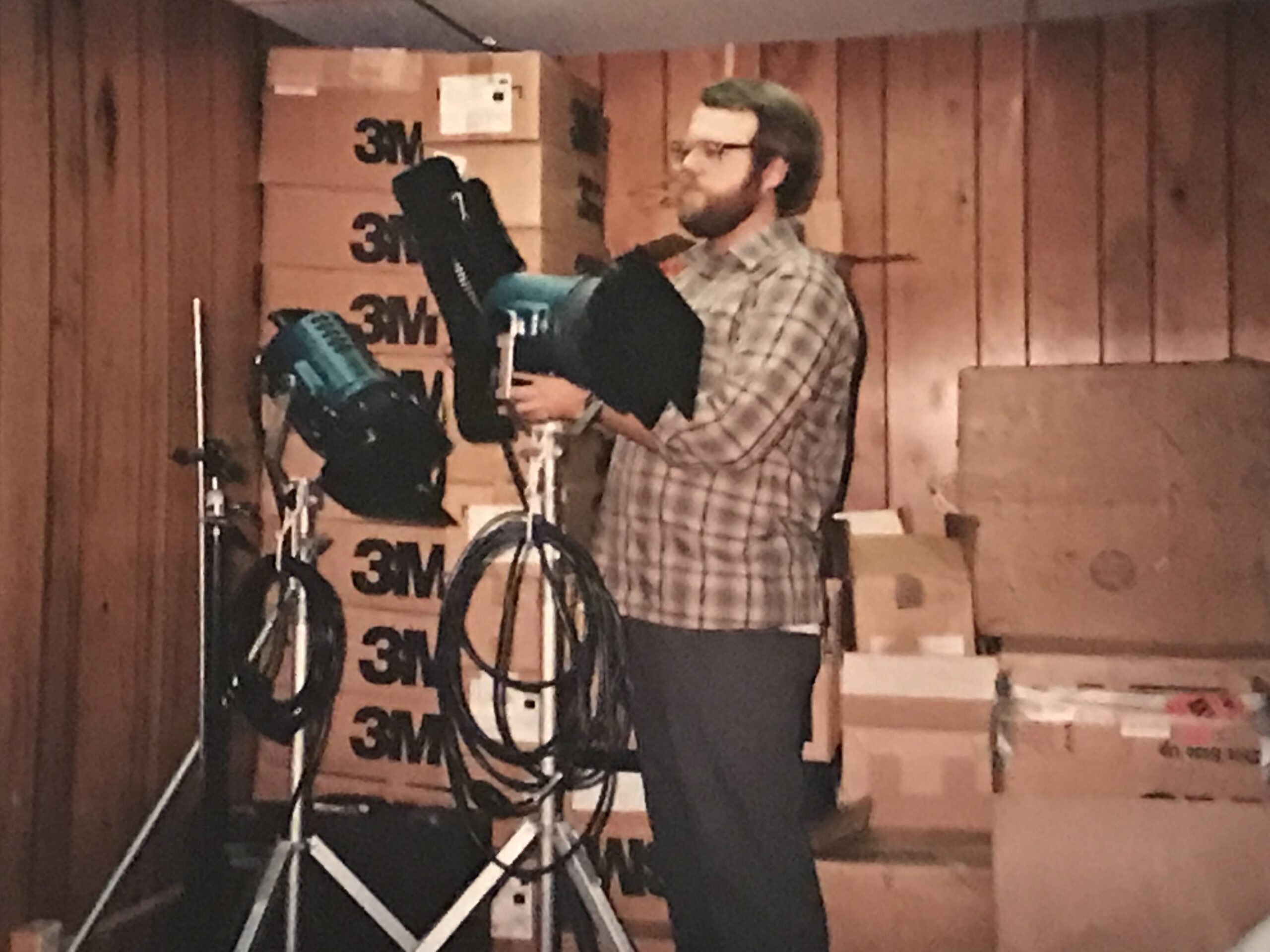
Video Lab Reassembly ANC IFSS, Marshall Severson

Video Lab Reassembly ANC IFSS, Marshall Severson
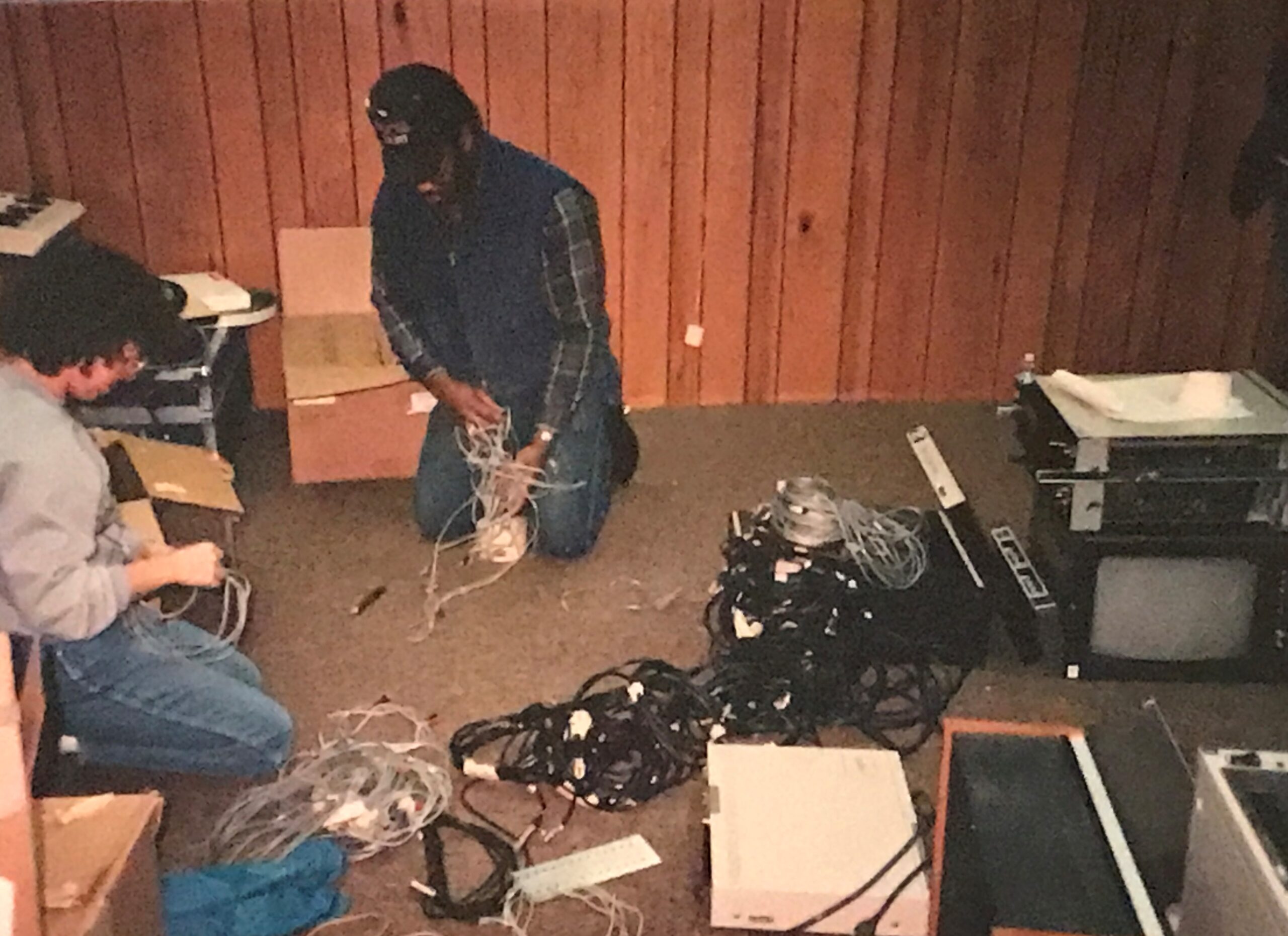
Video Lab Reassembly ANC FSS Airway Facilities (AF), 1987
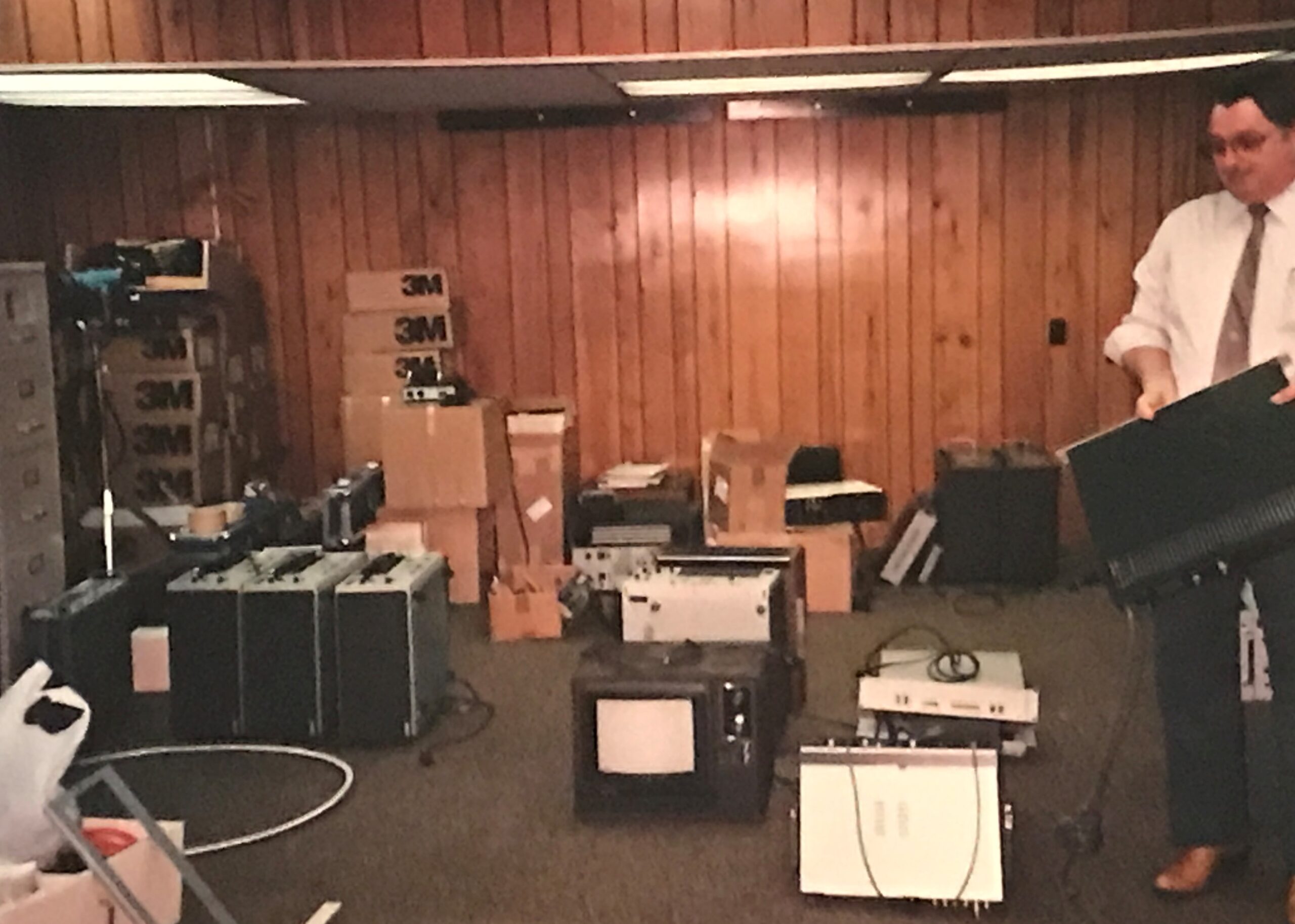
Video Lab Reassembly ANC IFSS, Jim Burton
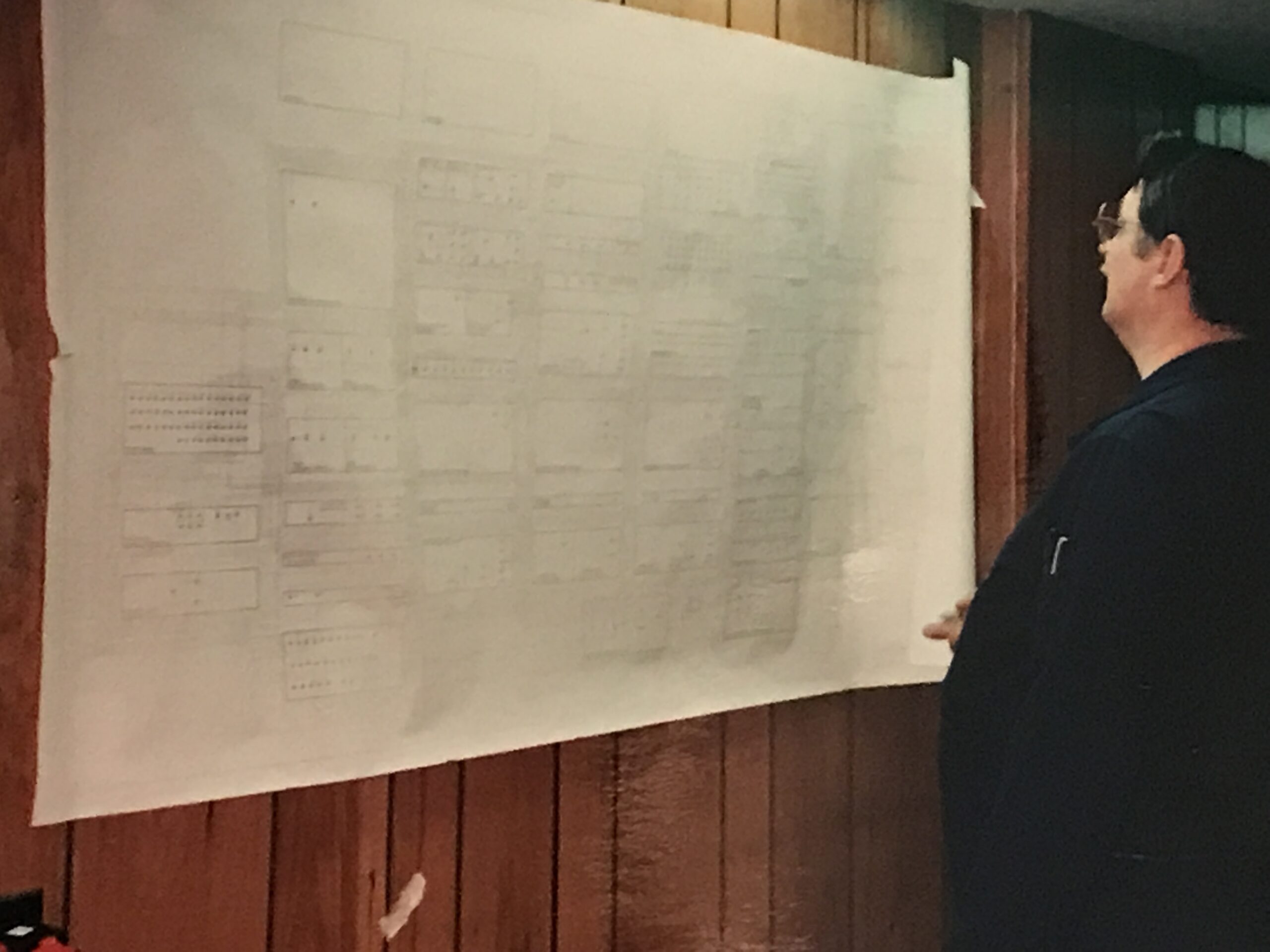
Video Lab Reassembly ANC IFSS, Jim Burton
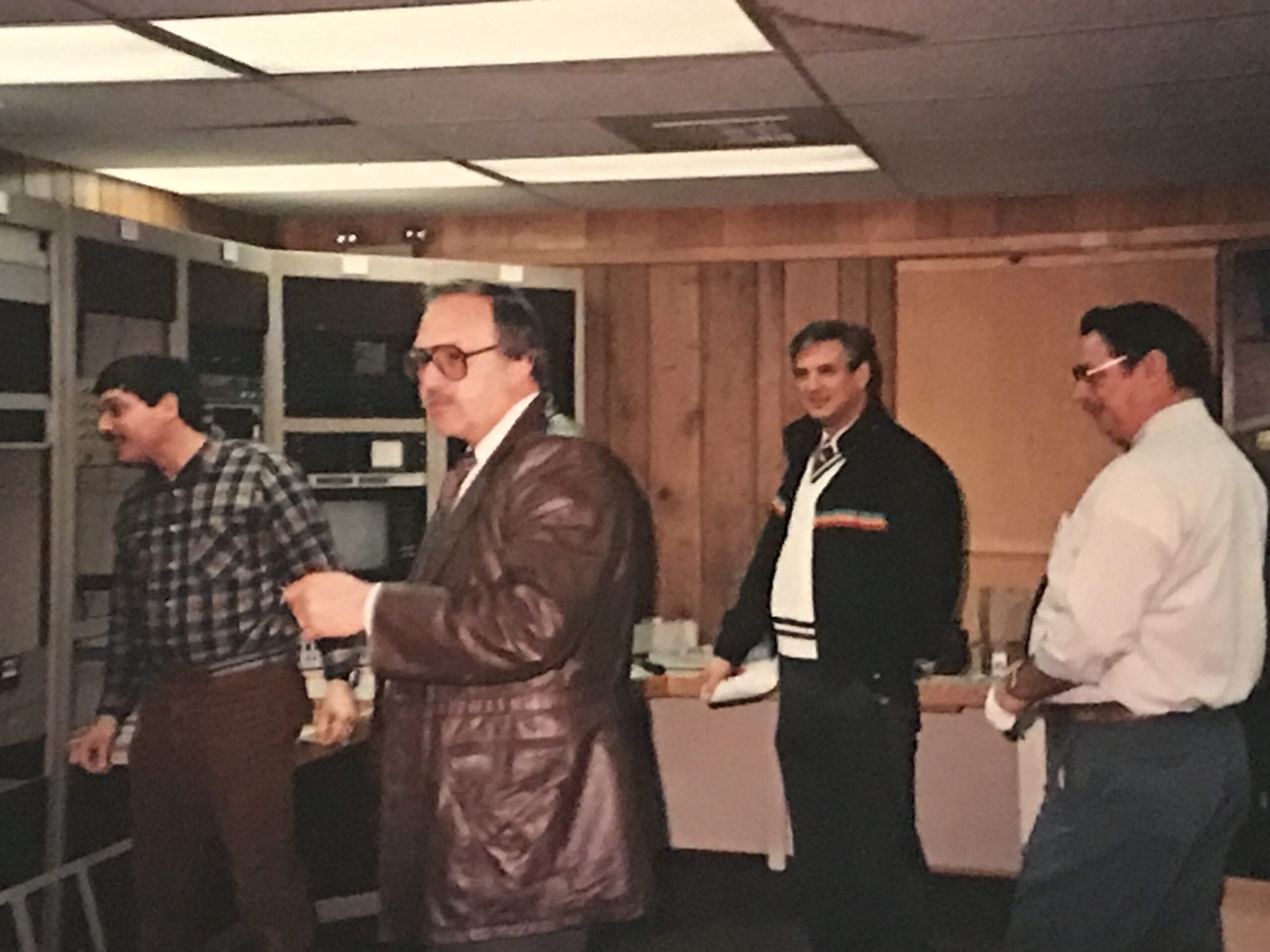
Video Lab Reassembly ANC IFSS.
L-R Bill Wuttke, Charlie Muhs, Hal Eward, and Jim Burton
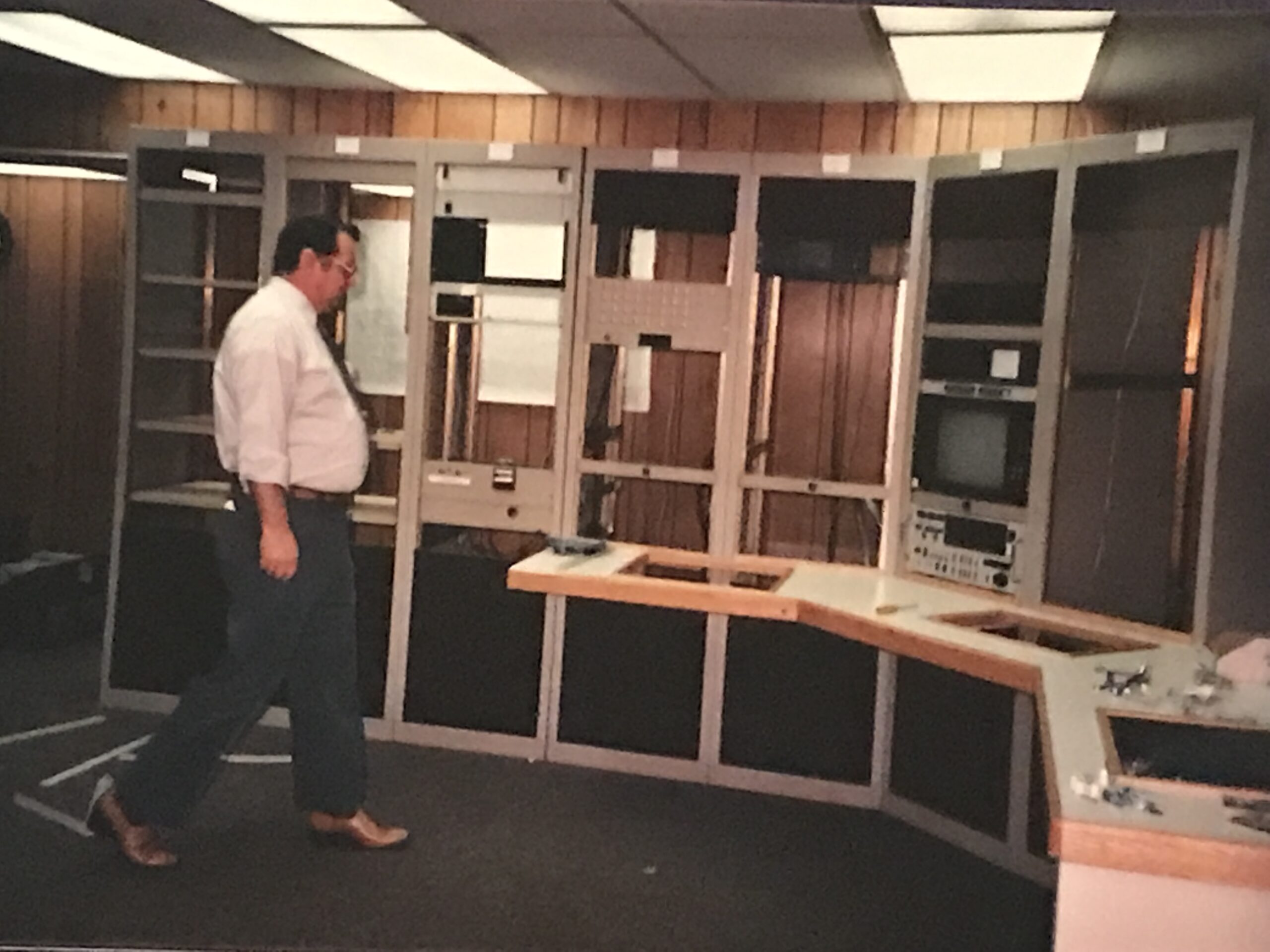
Video Lab Reassembly ANC IFSS, Jim Burton
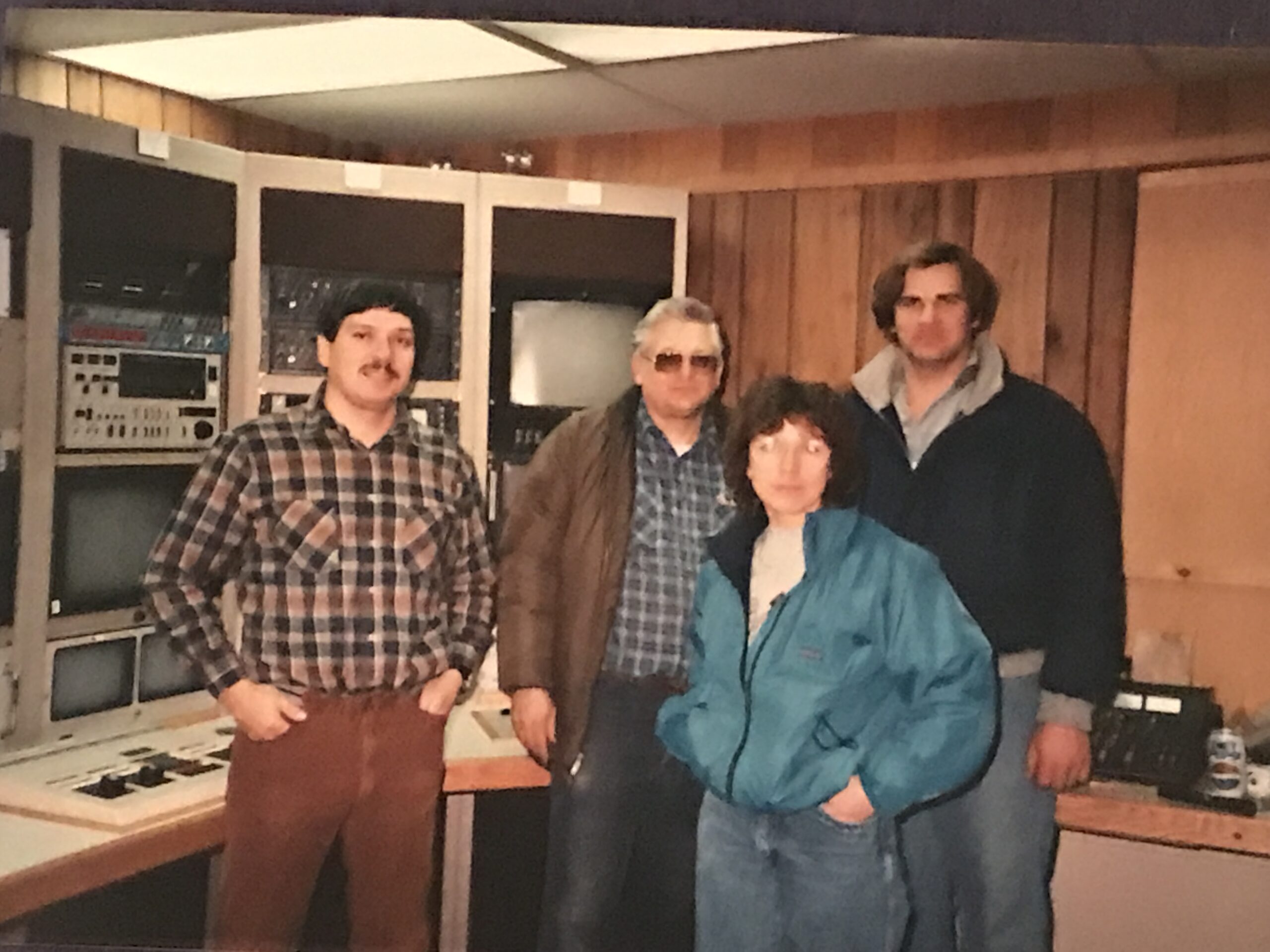
Video Lab Reassembly ANC IFSS
Far Left Bill Wuttke and AF Team, 1987
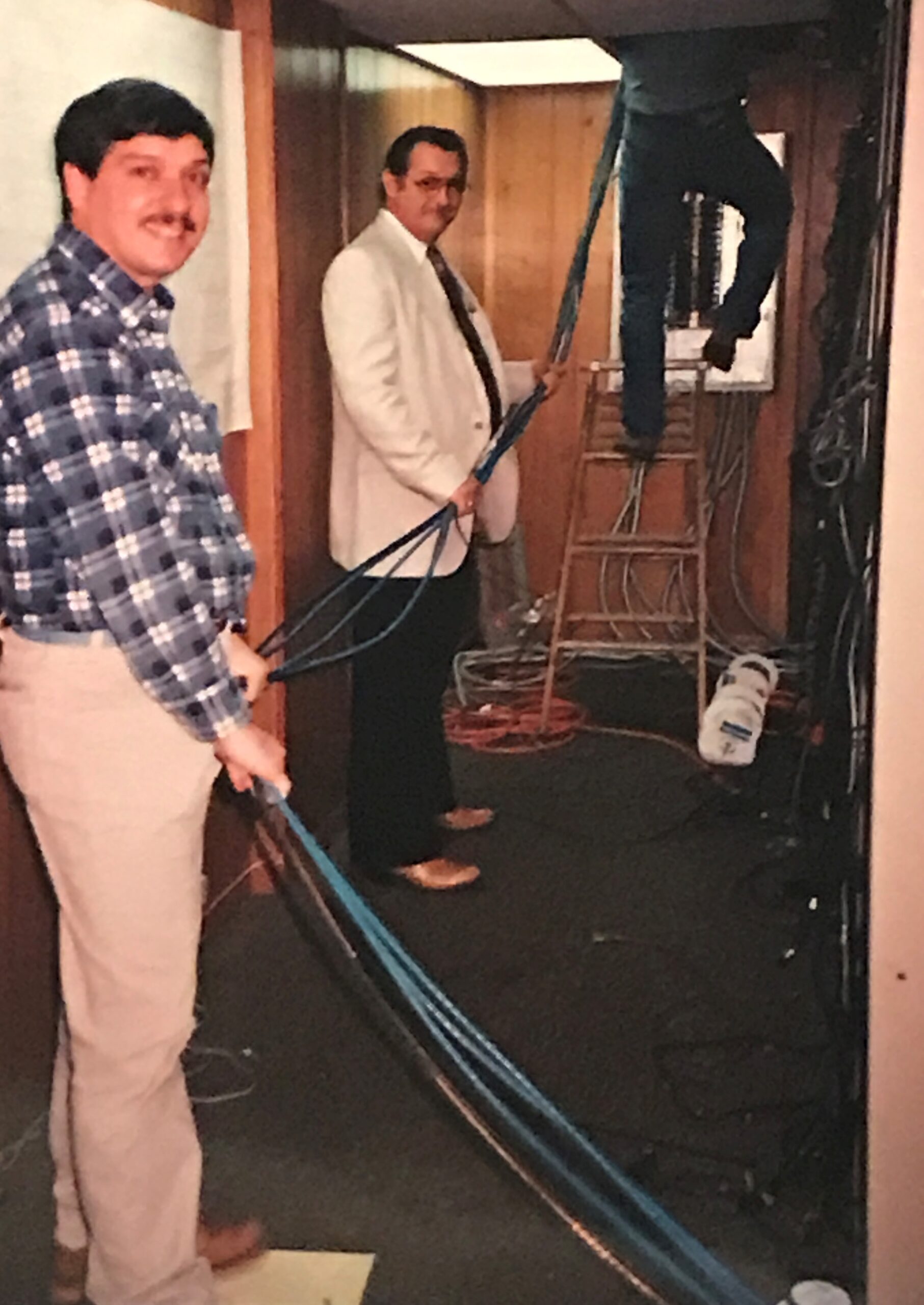
Video Lab Reassembly ANC FSS, Bill Wuttke and Jim Burton, 1987
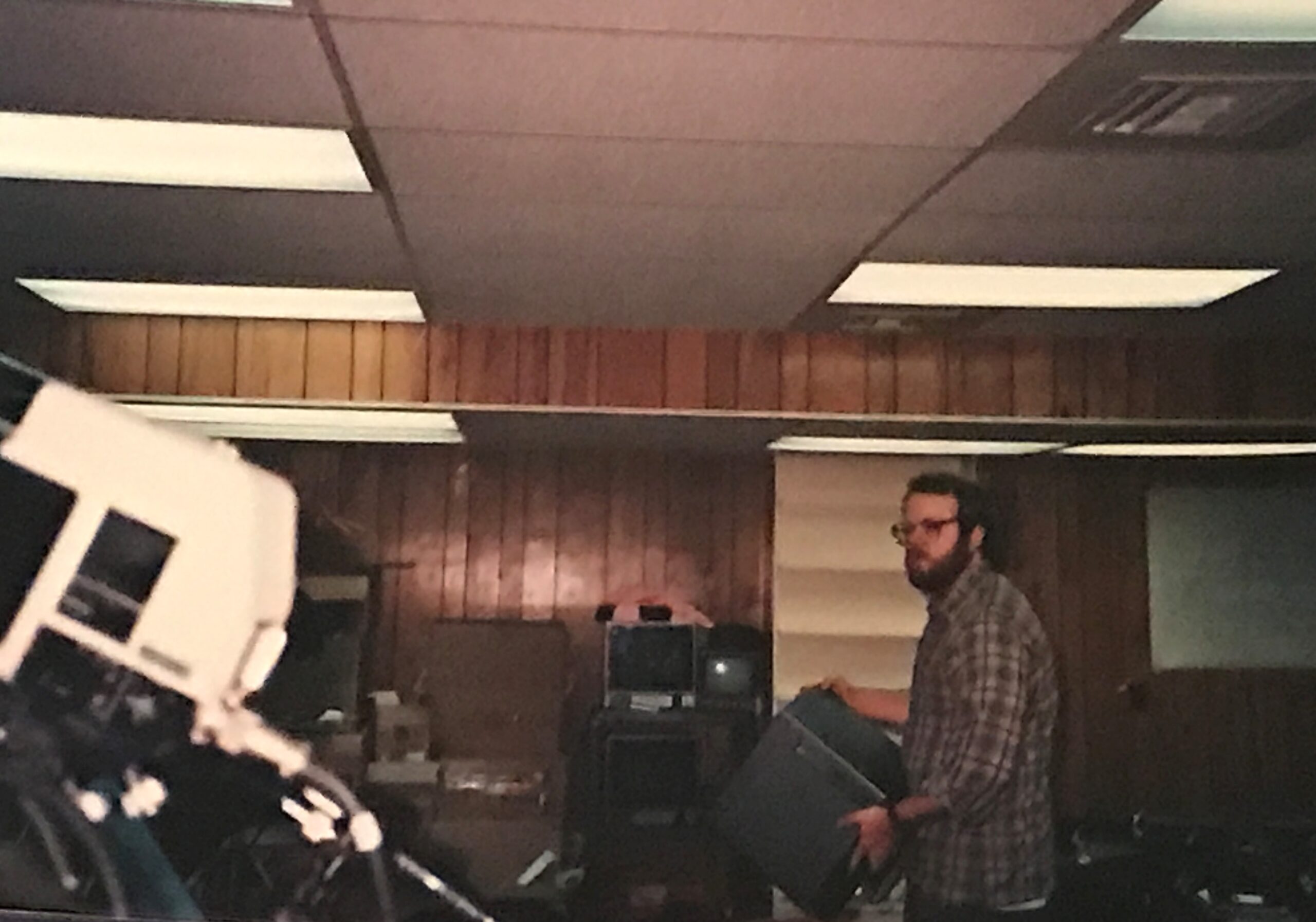
Video Lab Reassembly ANC IFSS, Marshall Severson
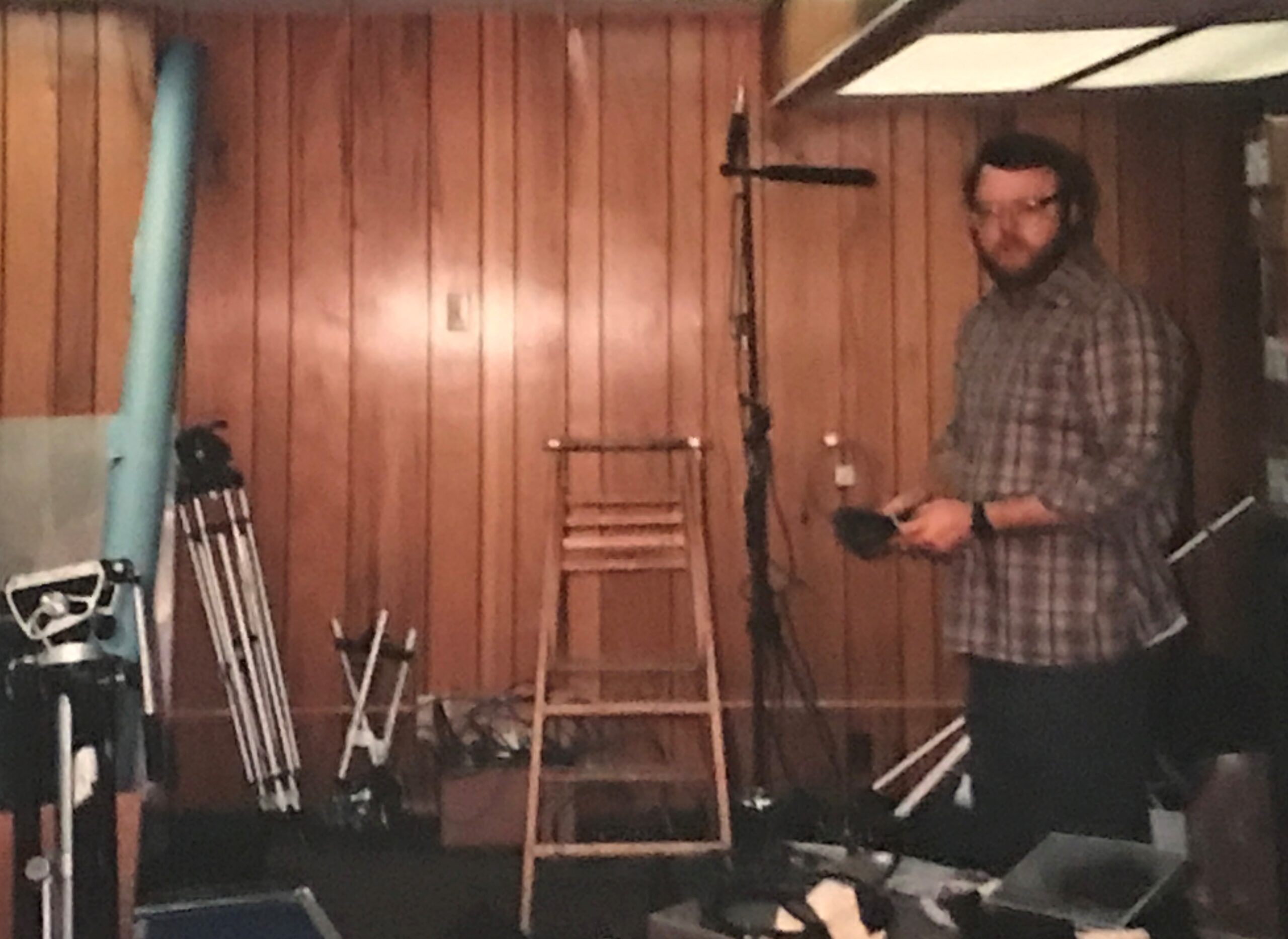
Video Lab Reassembly ANC IFSS, Marshall Severson, 1987

Video Lab Reassembly ANC IFSS, Marshall Severson
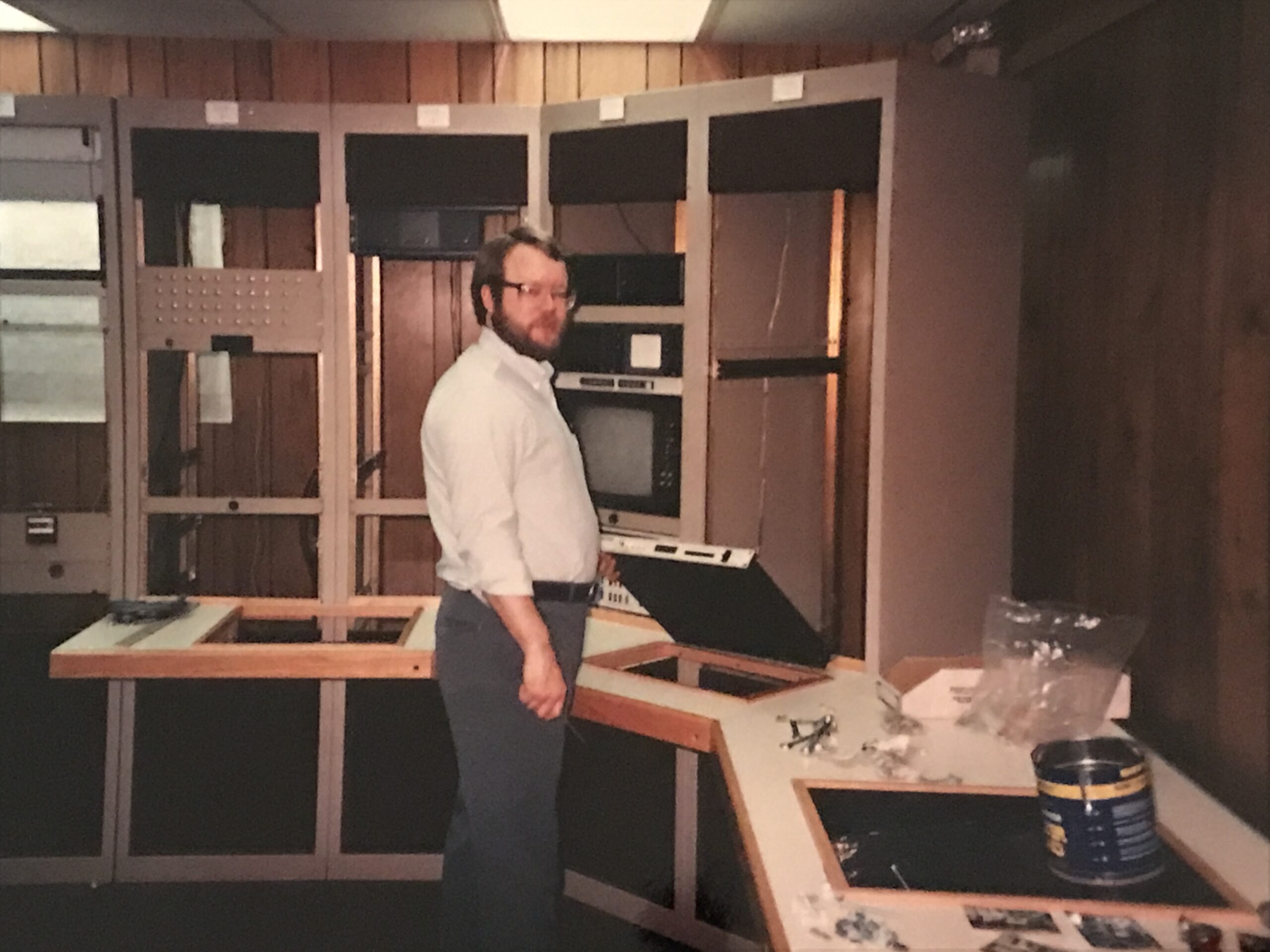
Video Lab Reassembly ANC IFSS, Marshall Severson, 1987
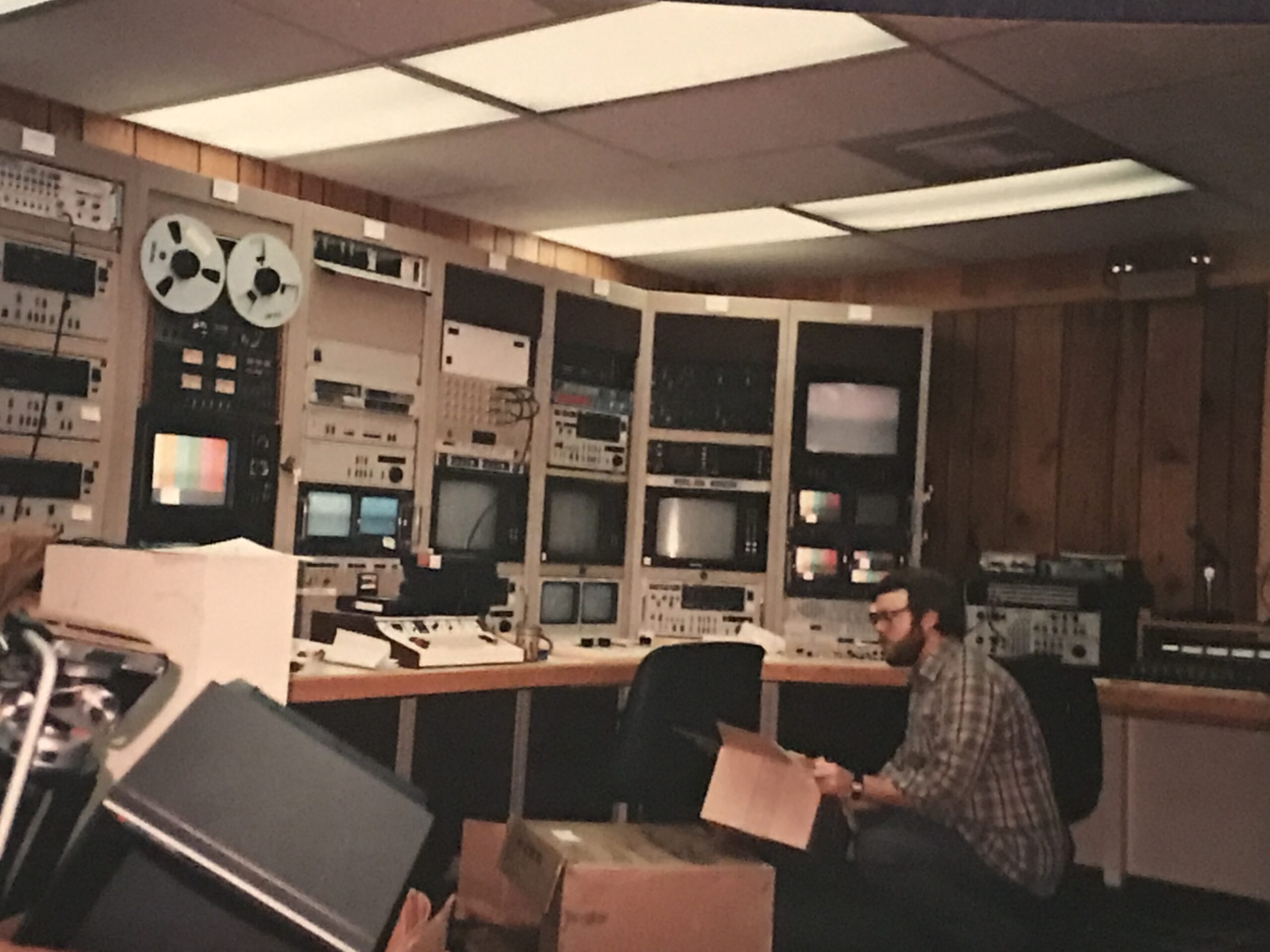
Video Lab Reassembly ANC IFSS, Marshall Severson
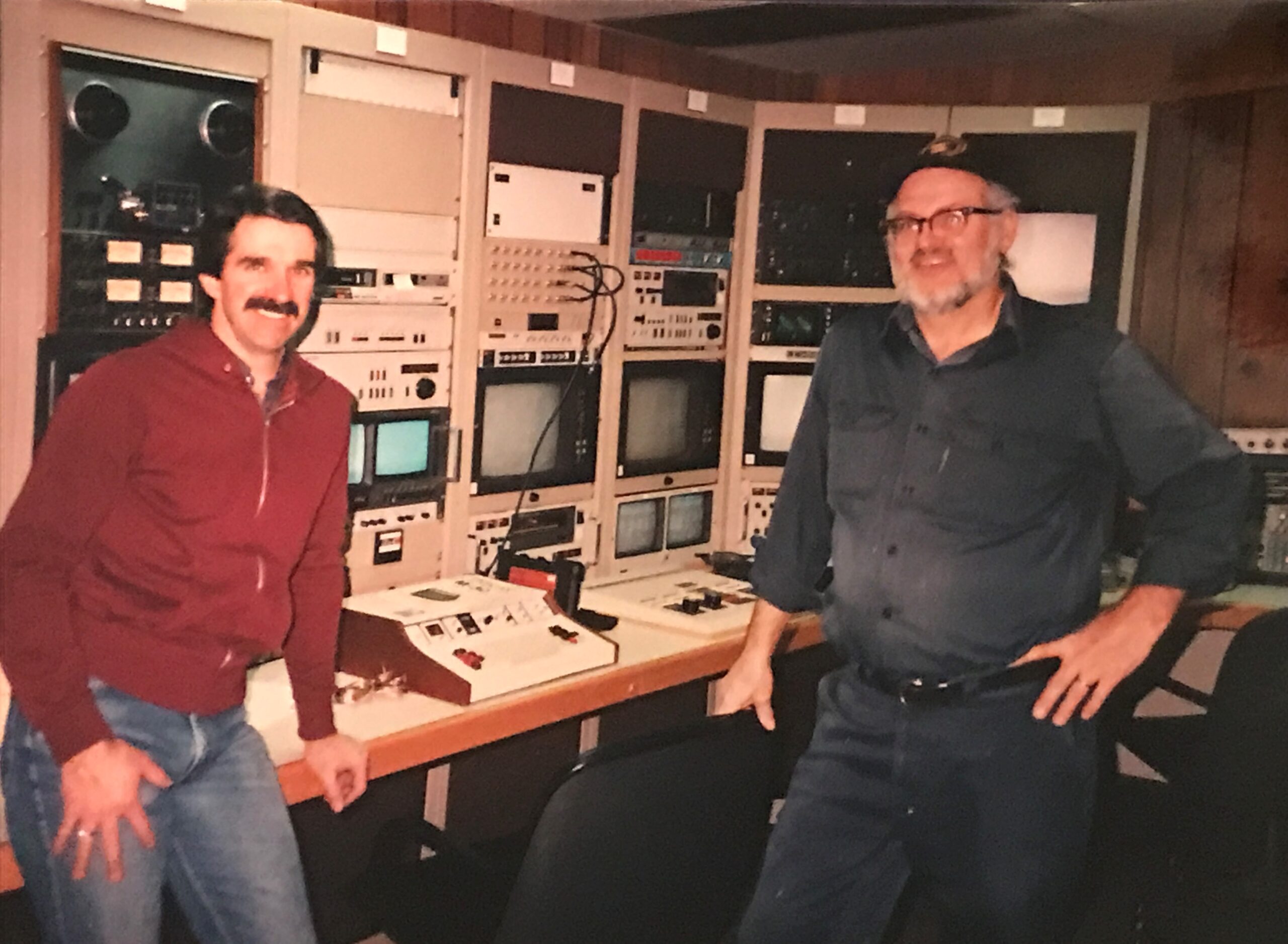
Video Lab Reassembly ANC IFSS Airways Facility (AF), 1987
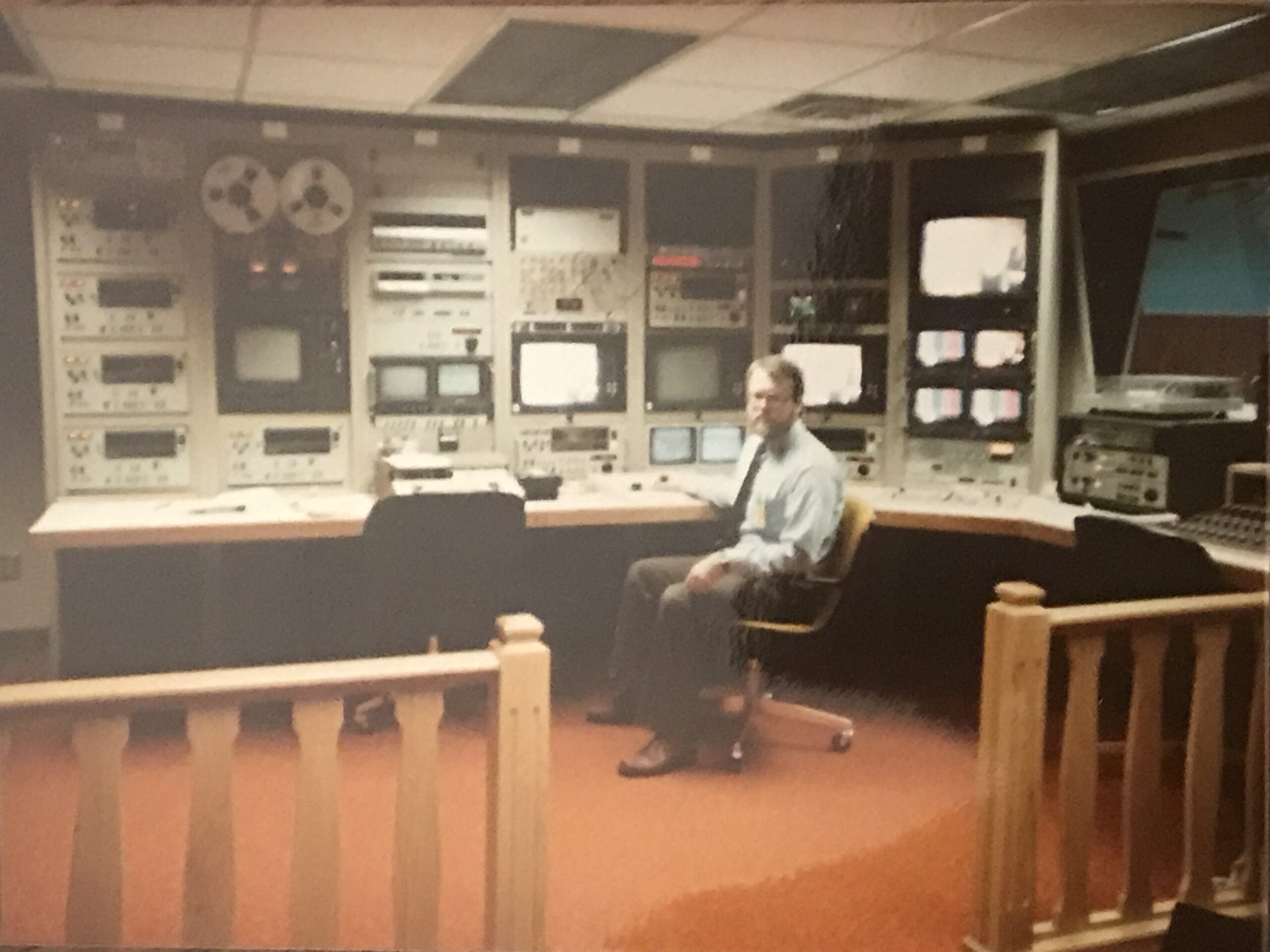
Video Lab at Anchorage Center (ZAN), 1985, Marshall Severson
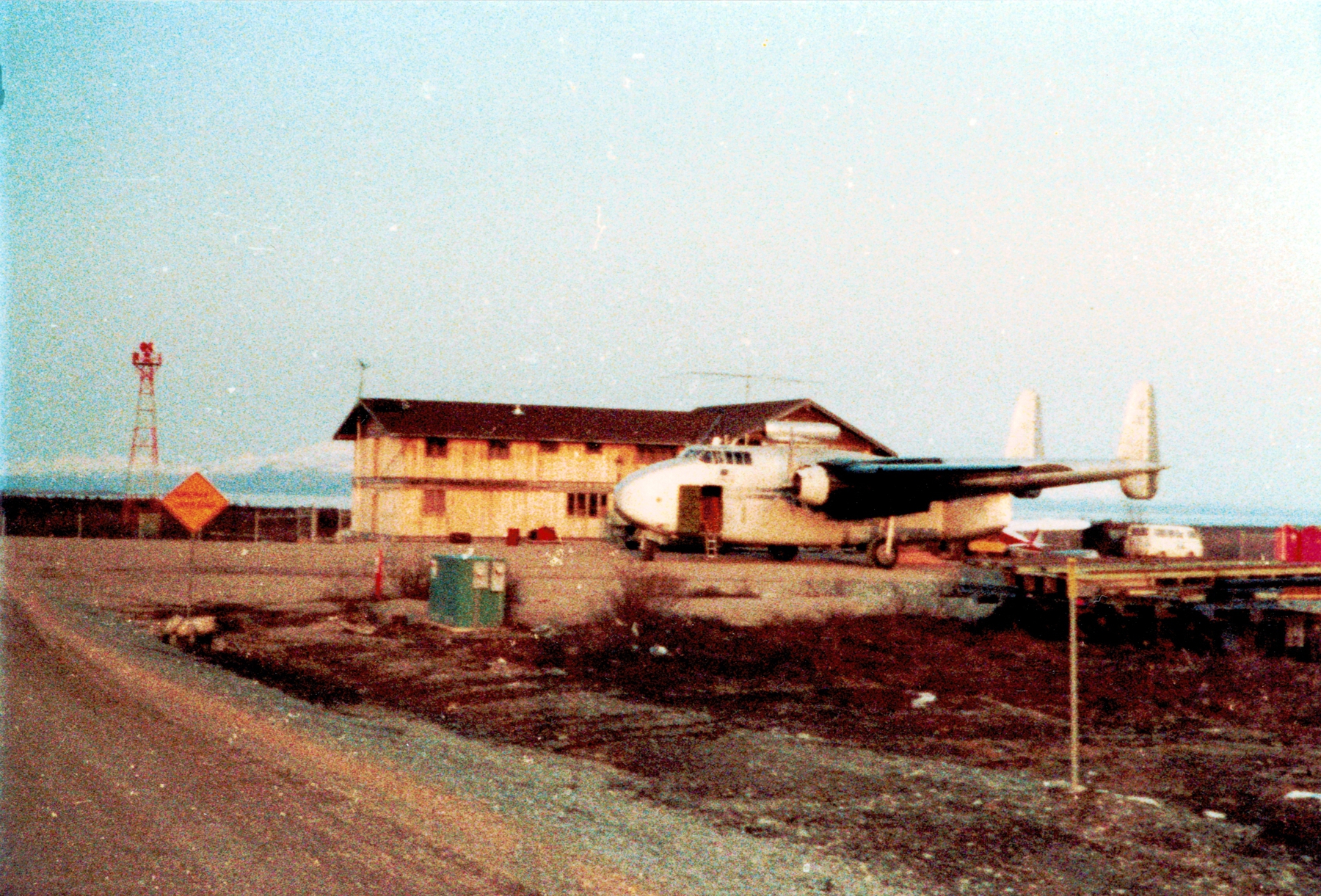
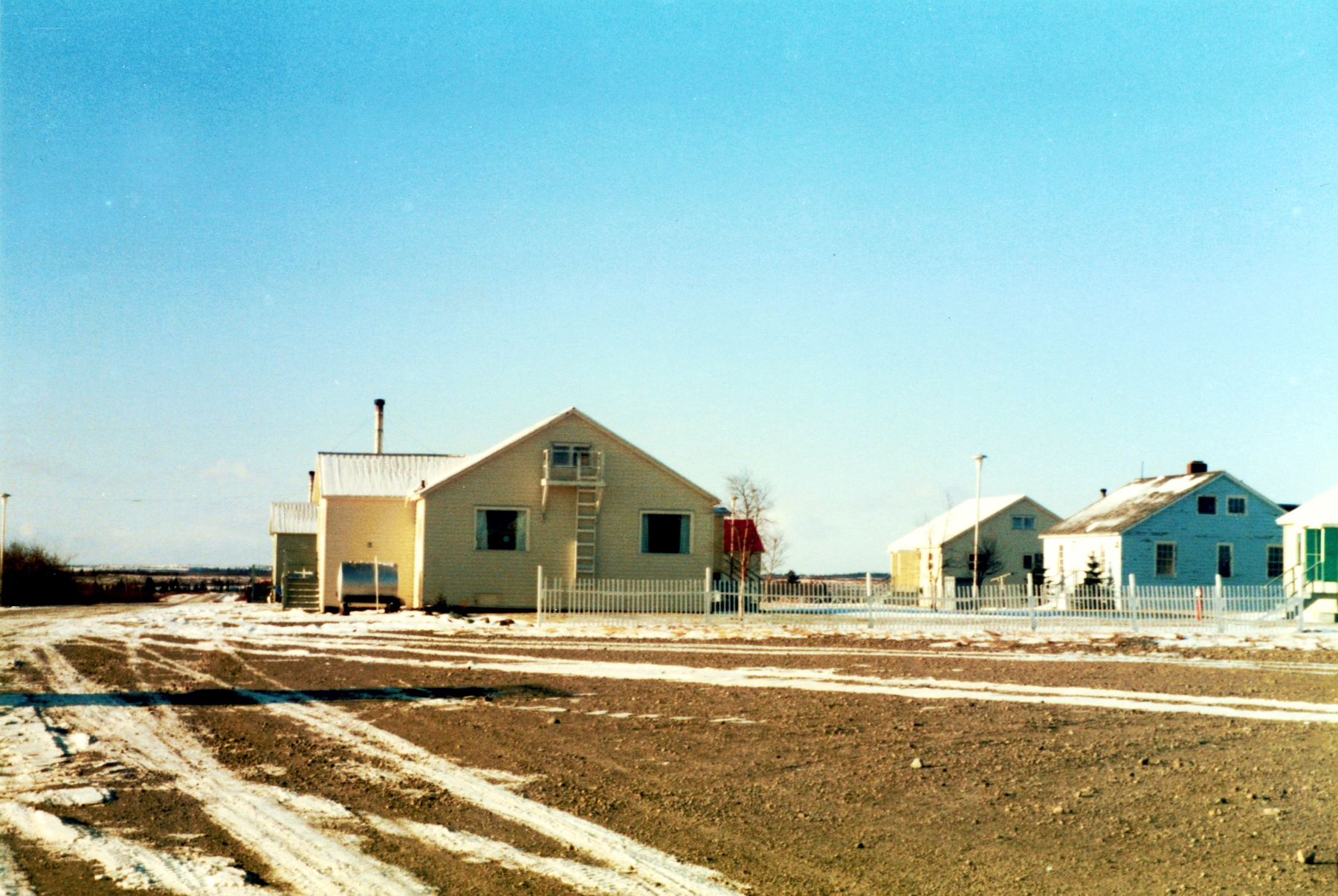
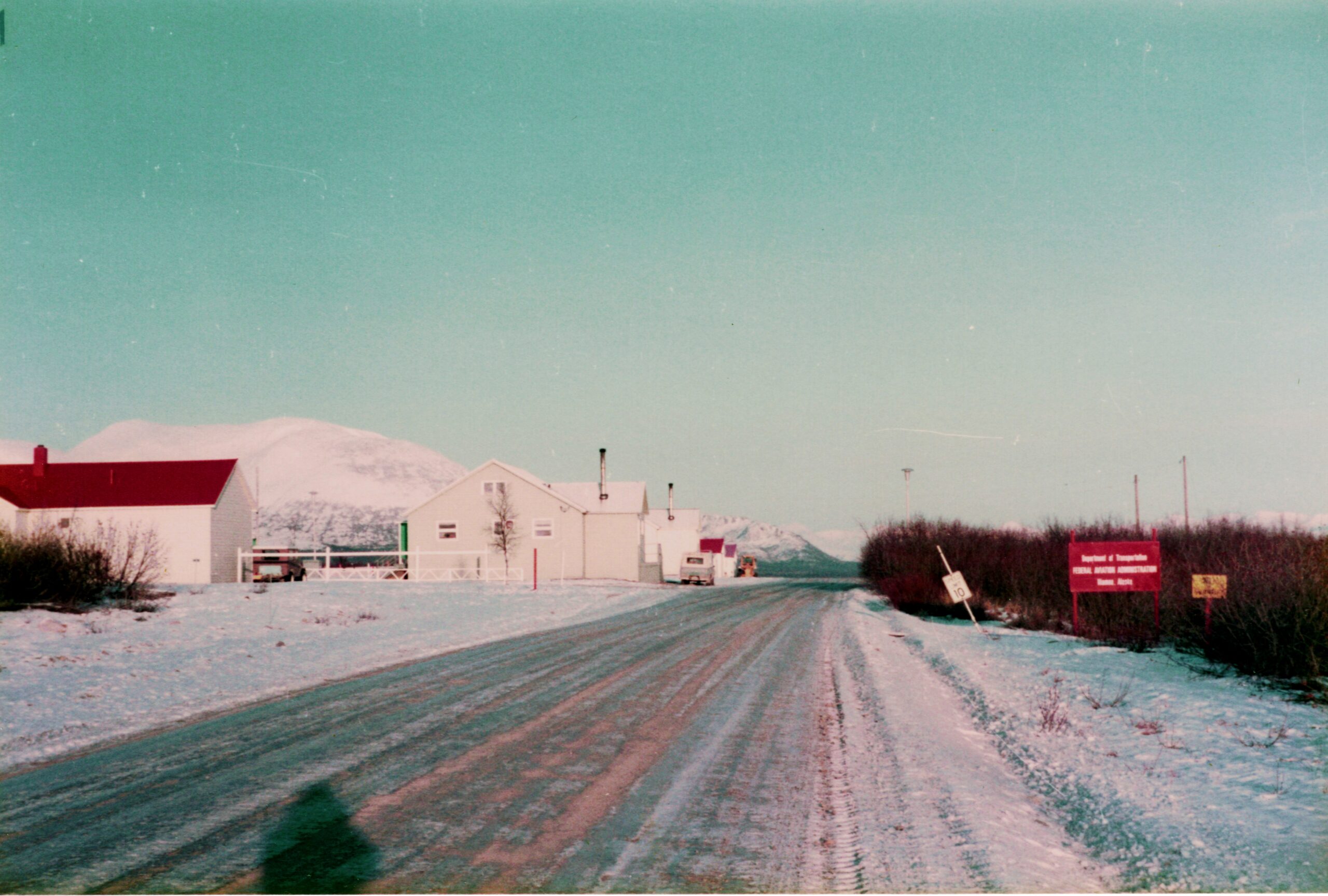
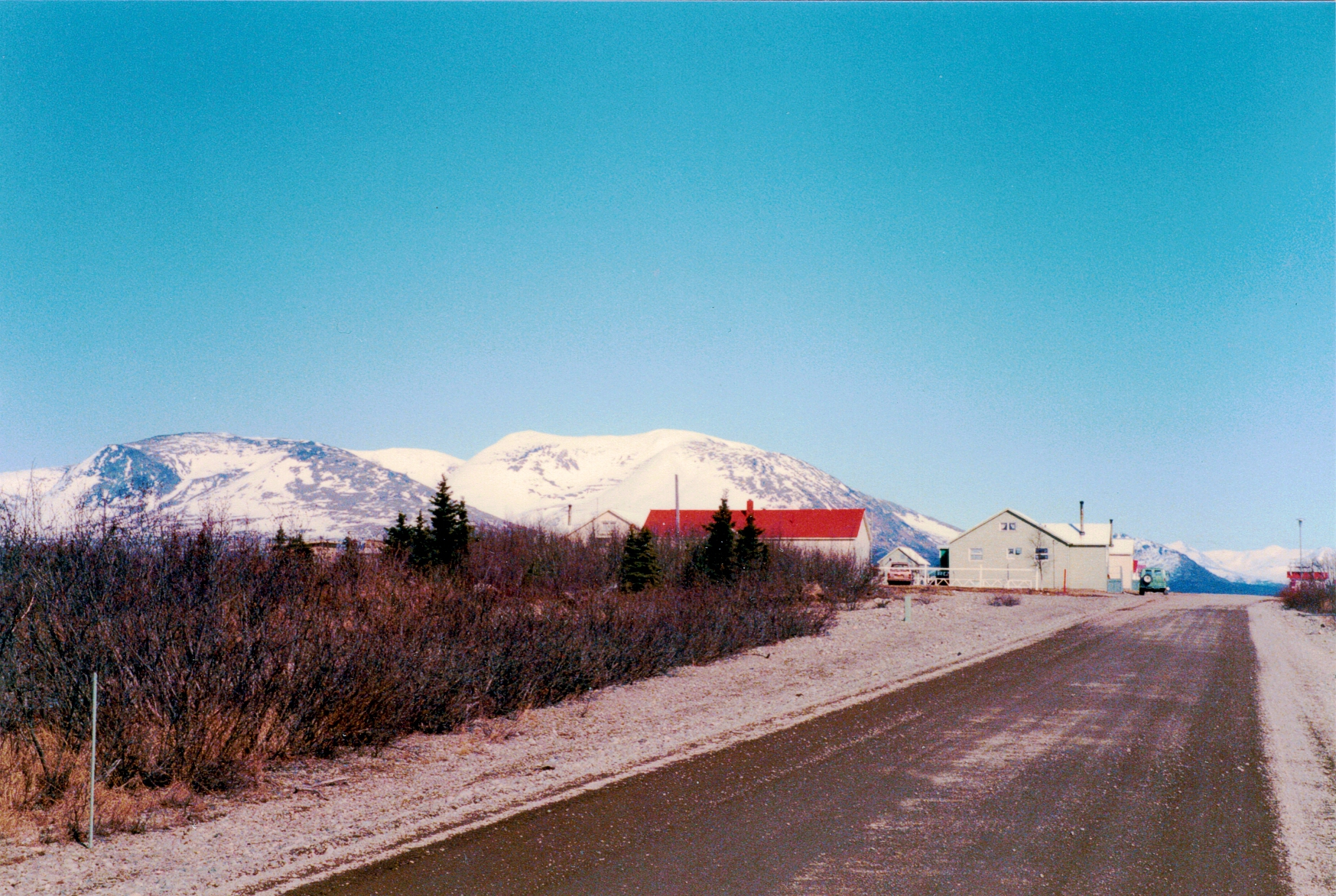
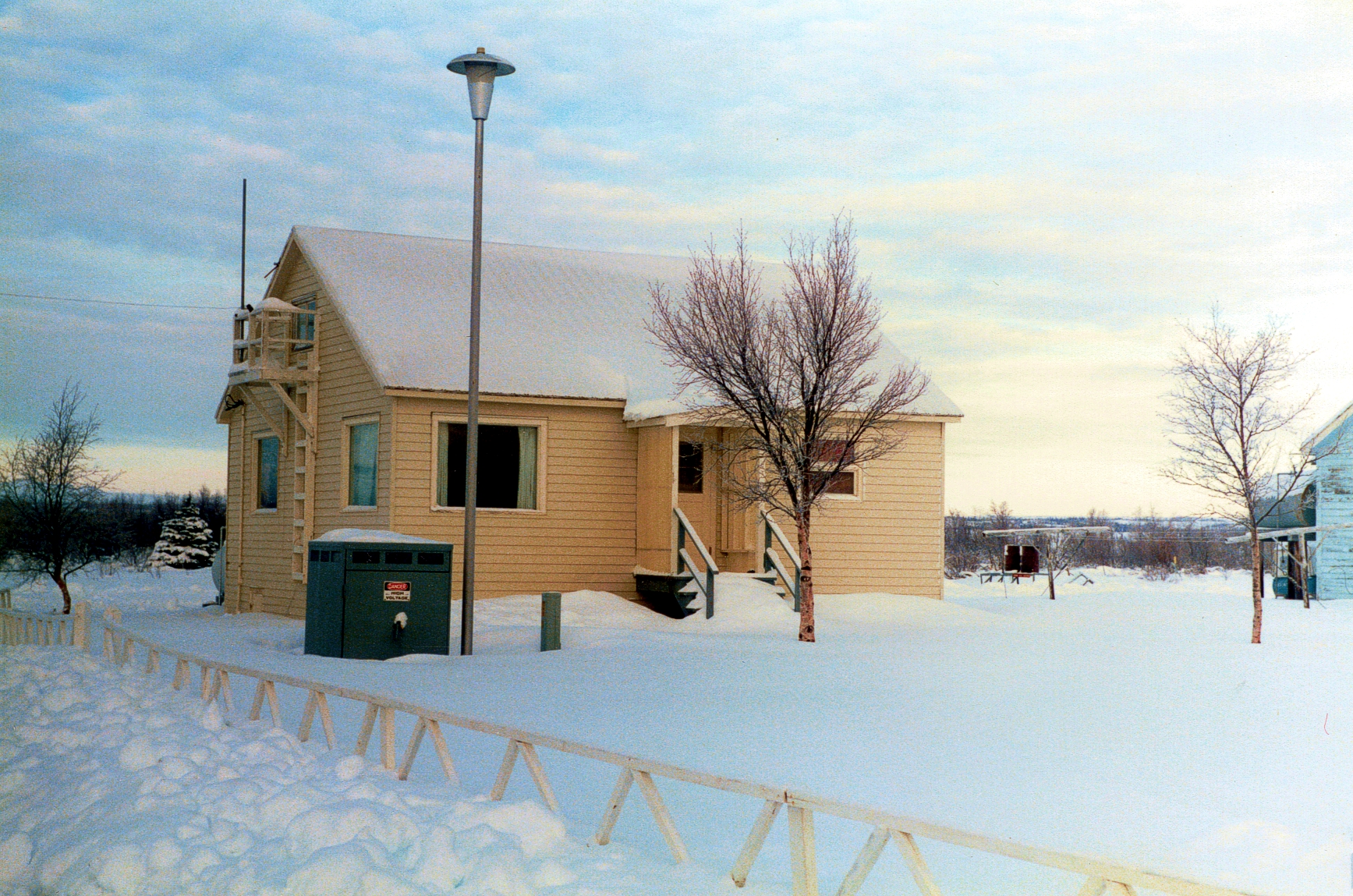
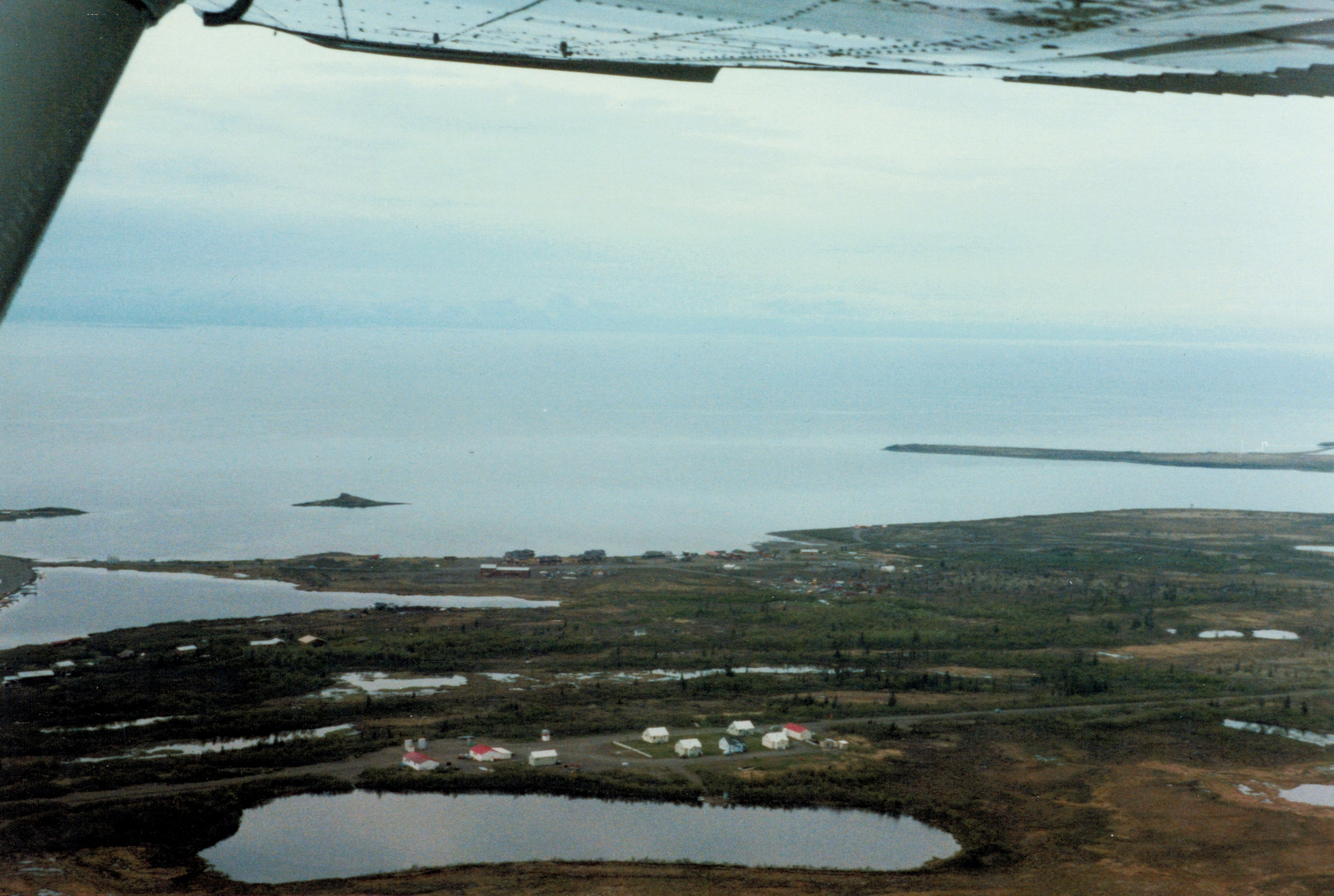
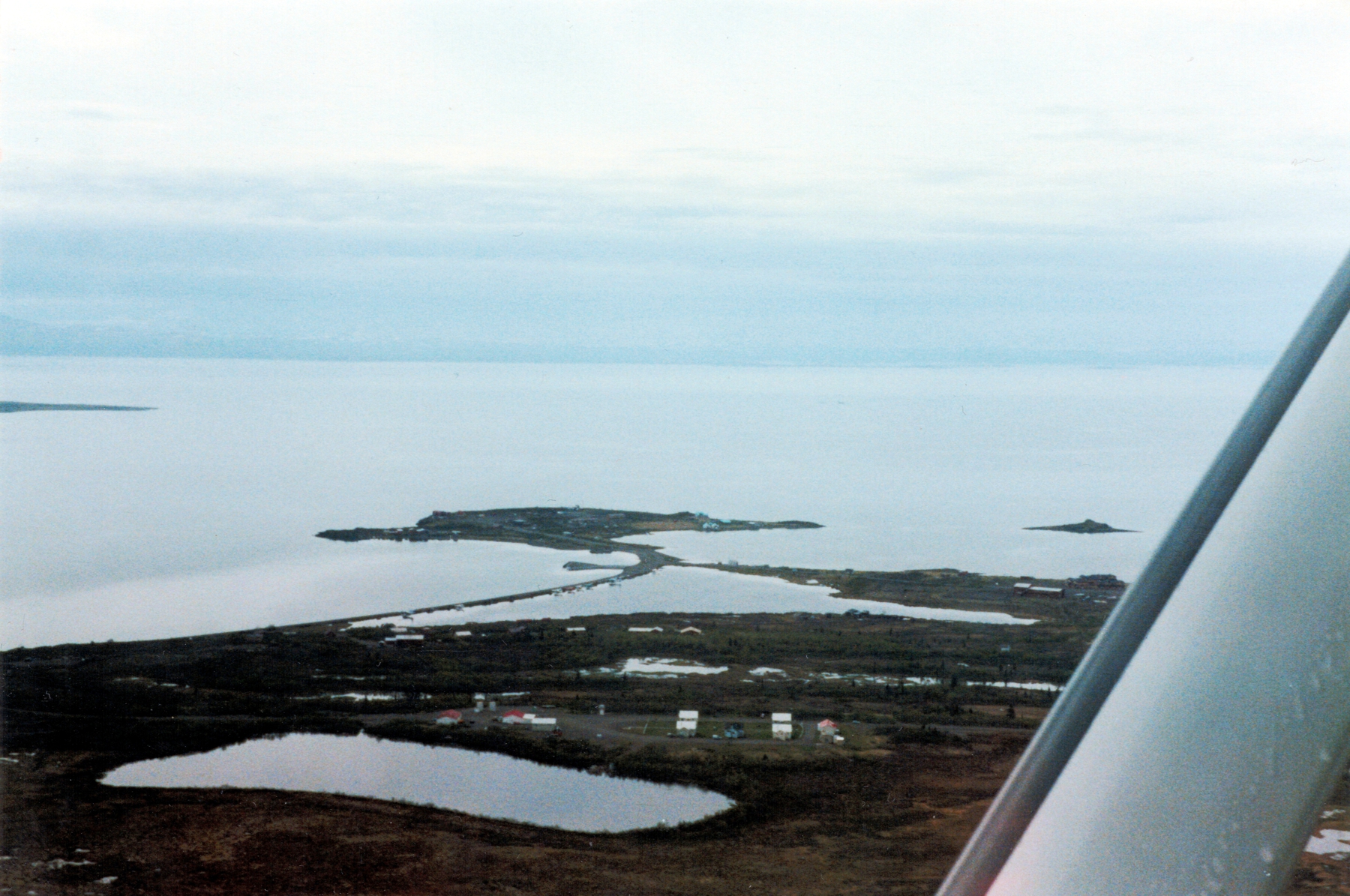
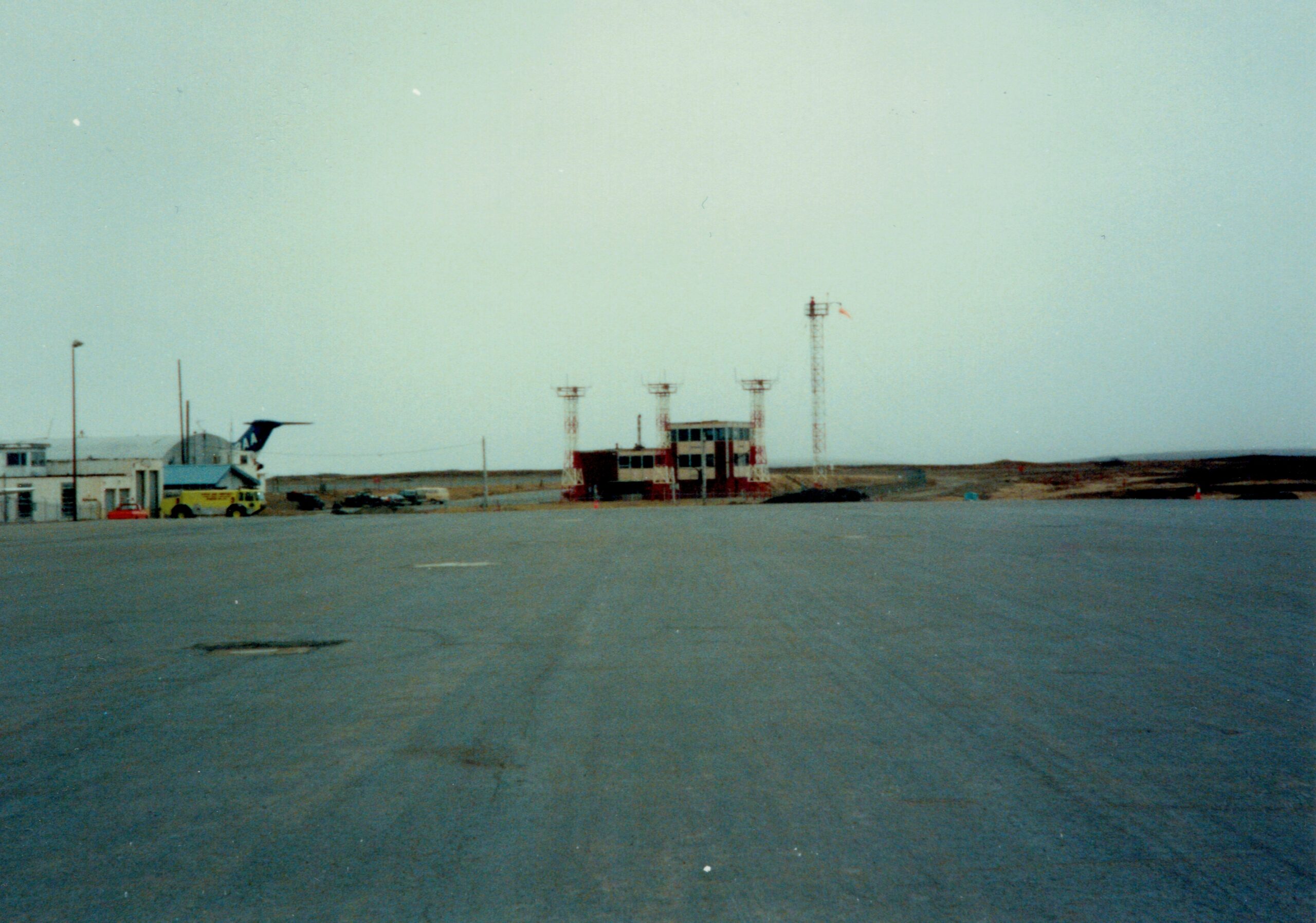

















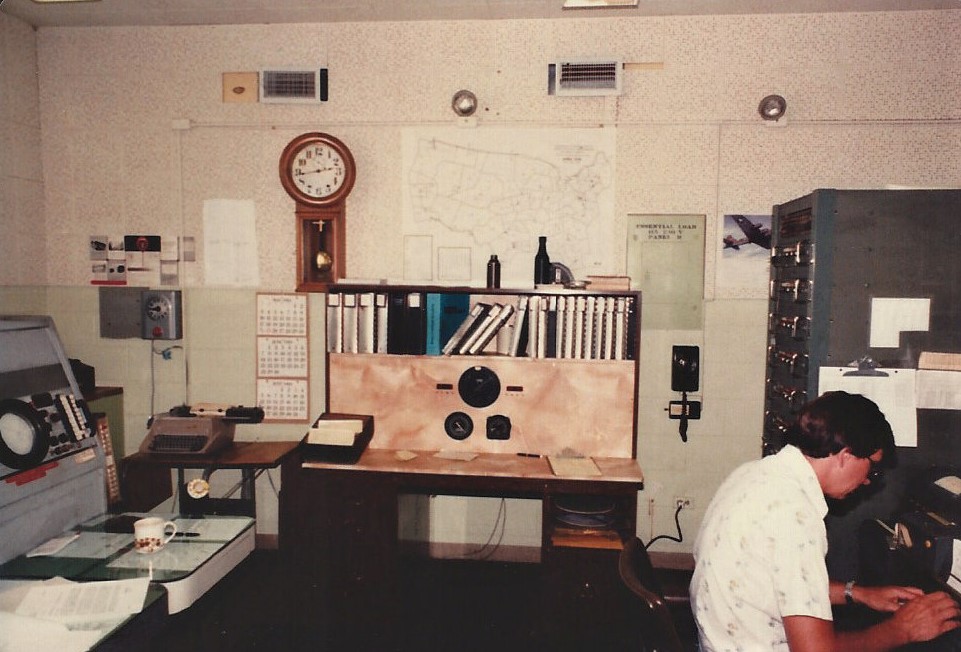
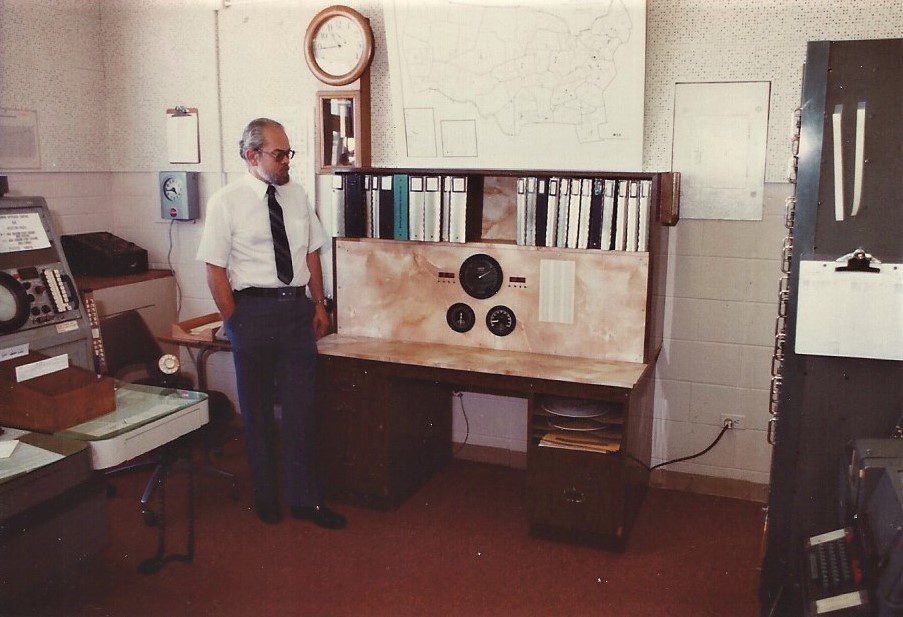
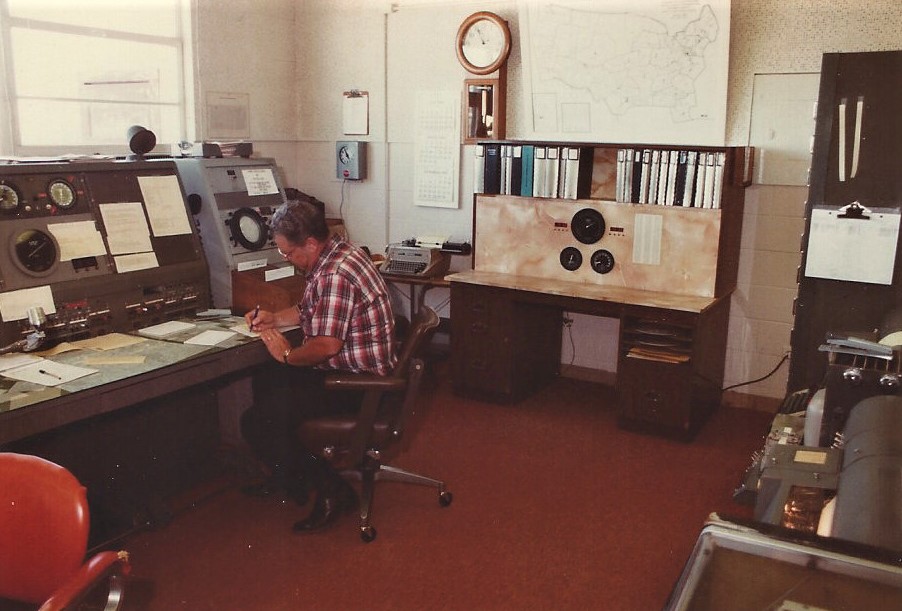
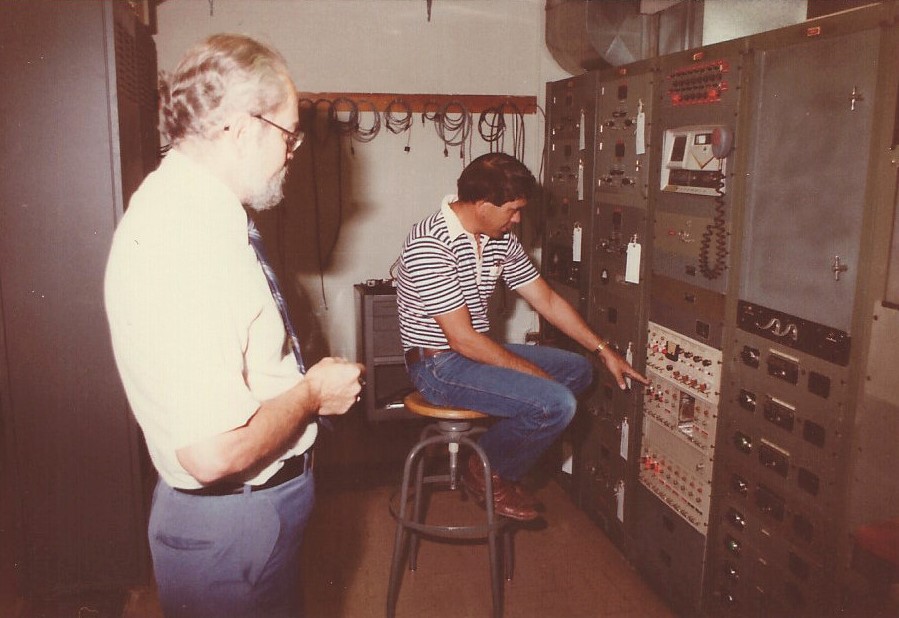
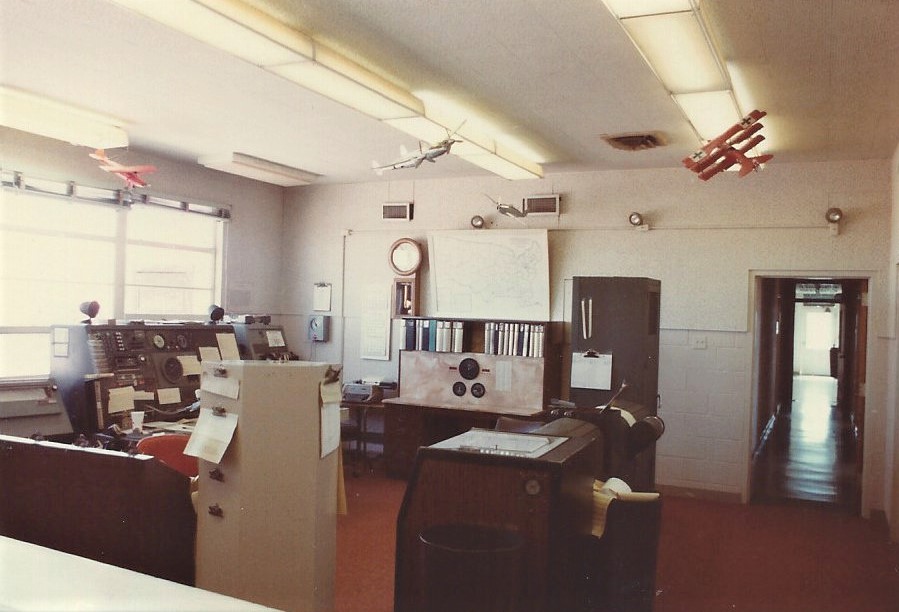
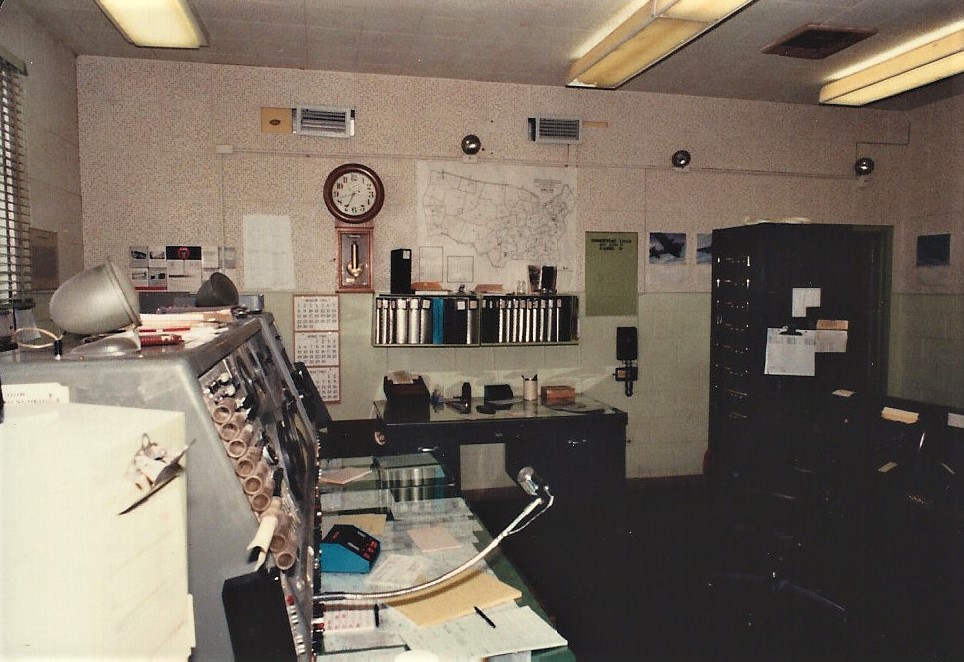
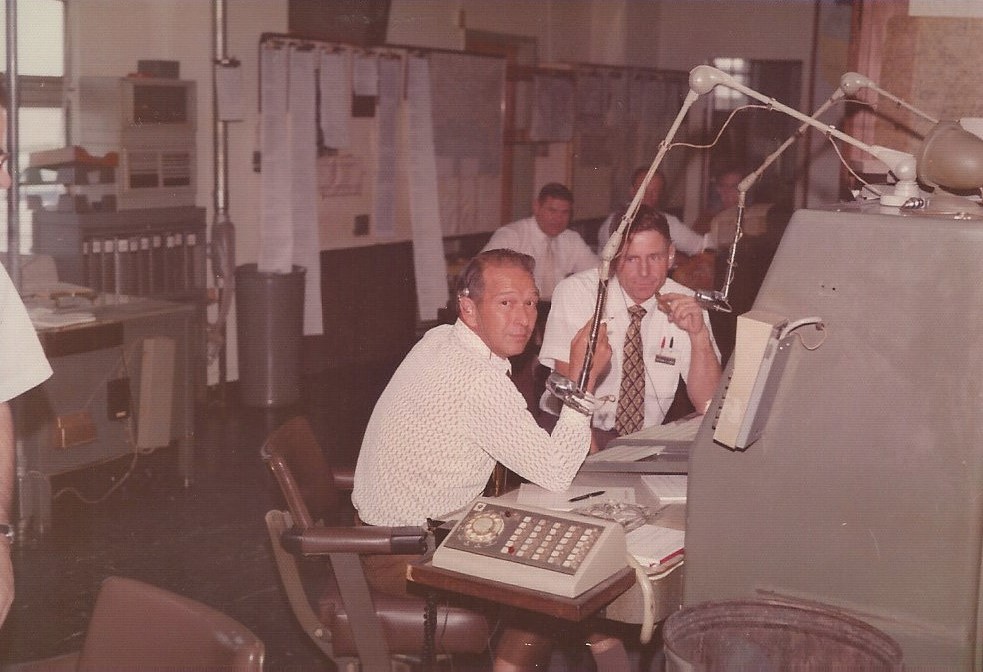
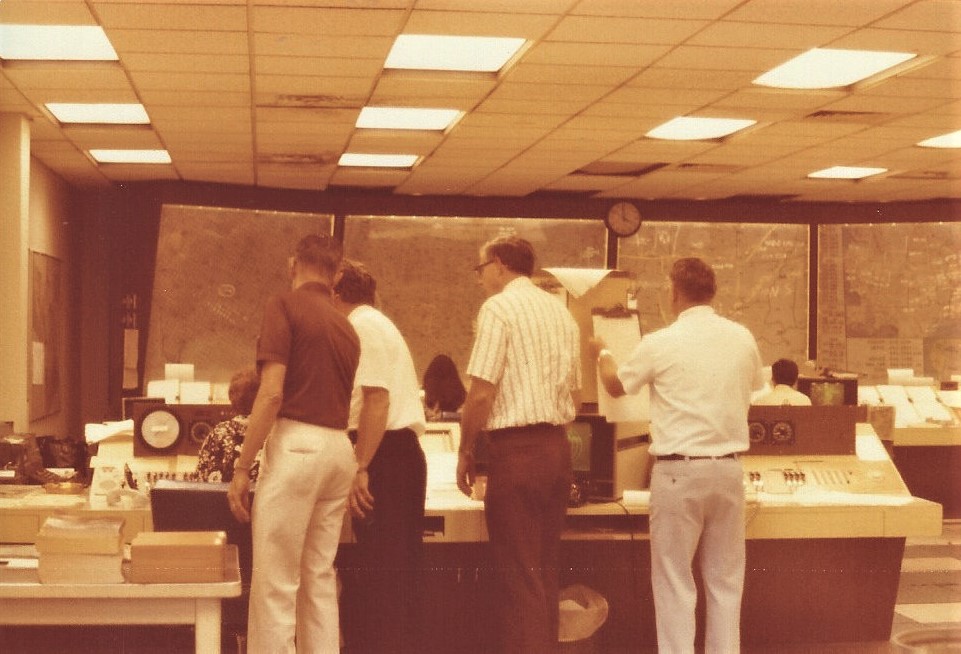
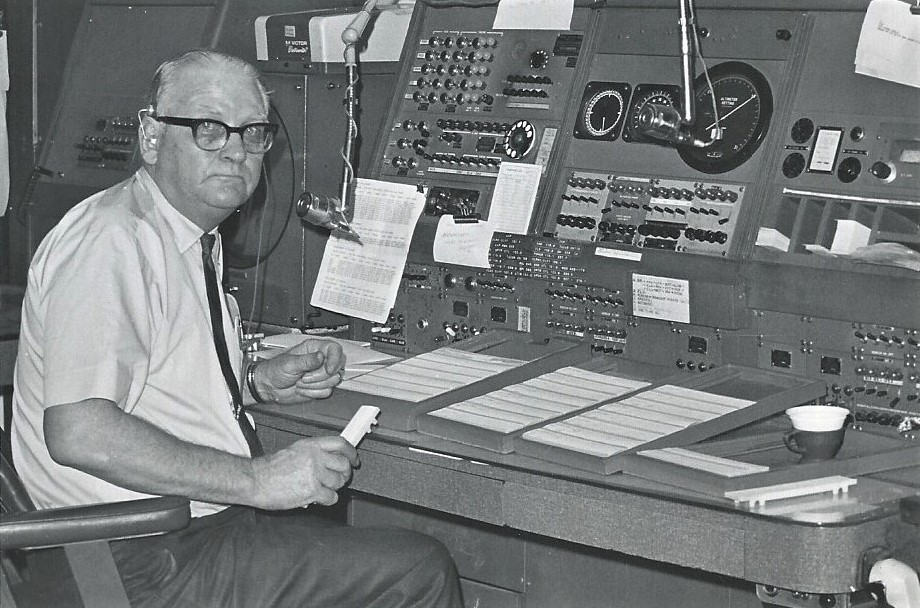
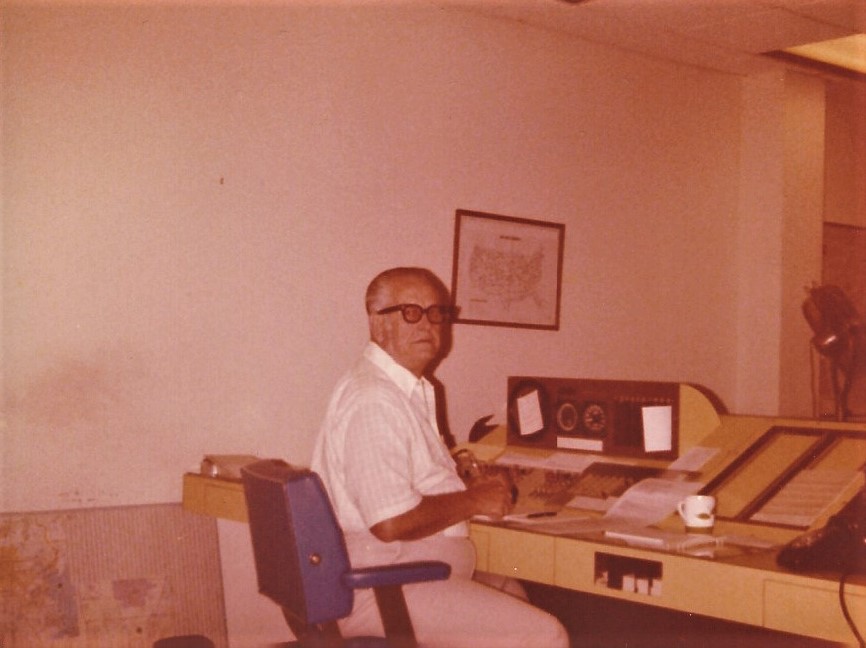
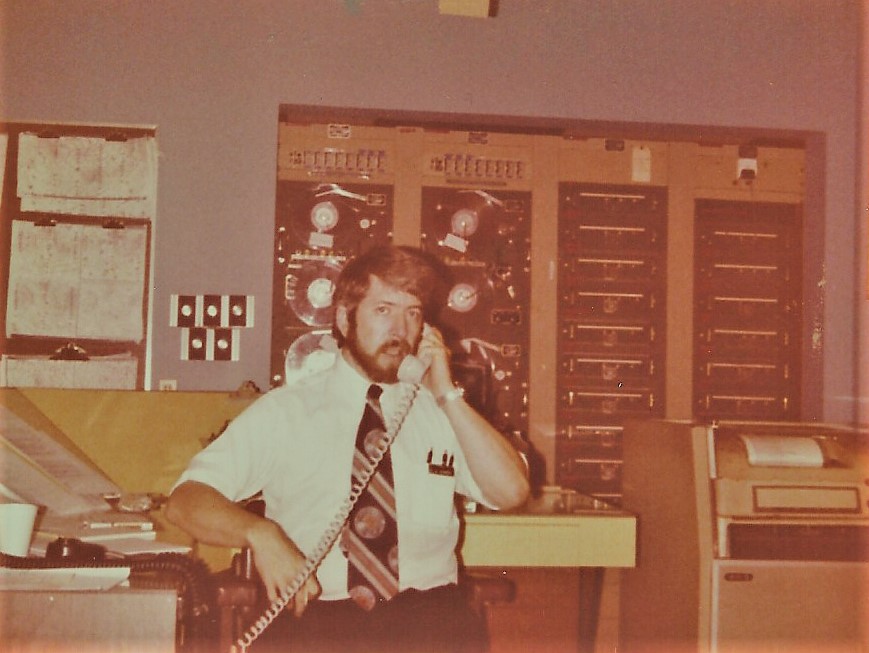
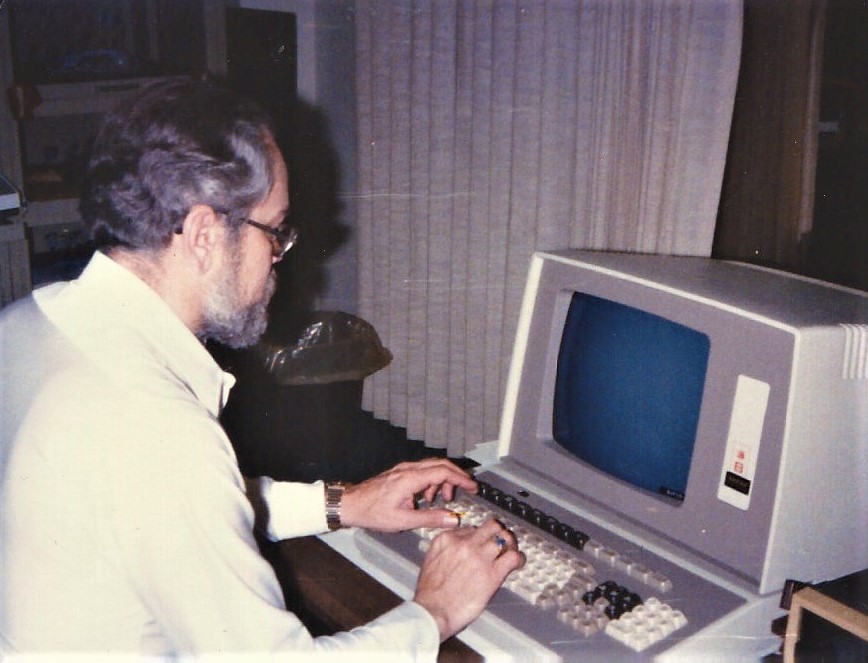
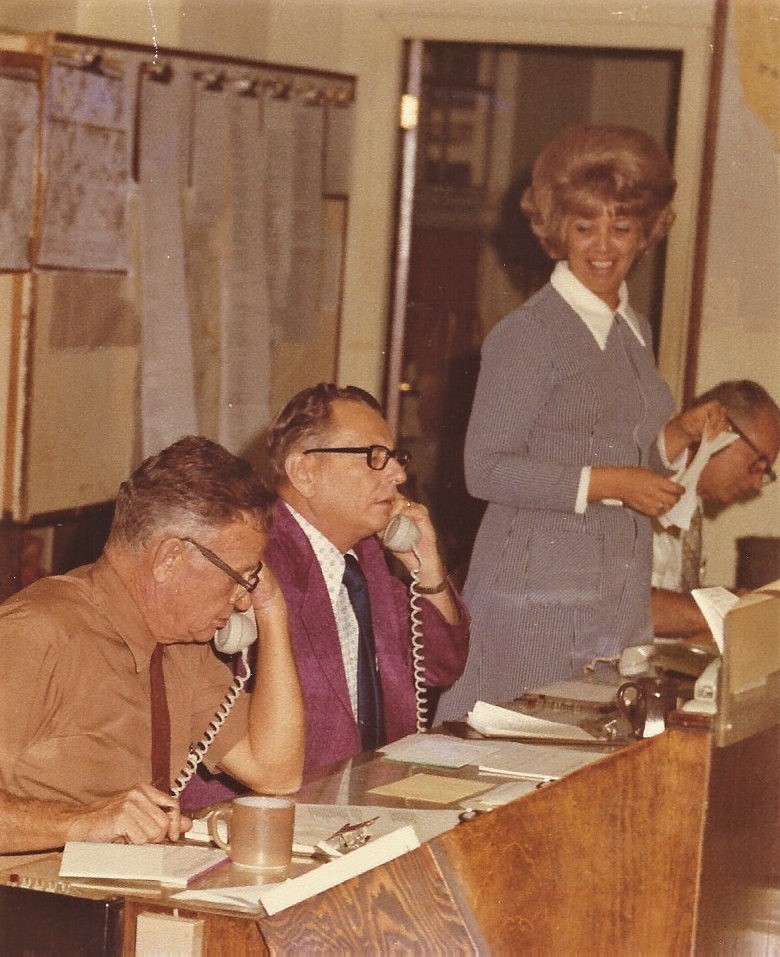
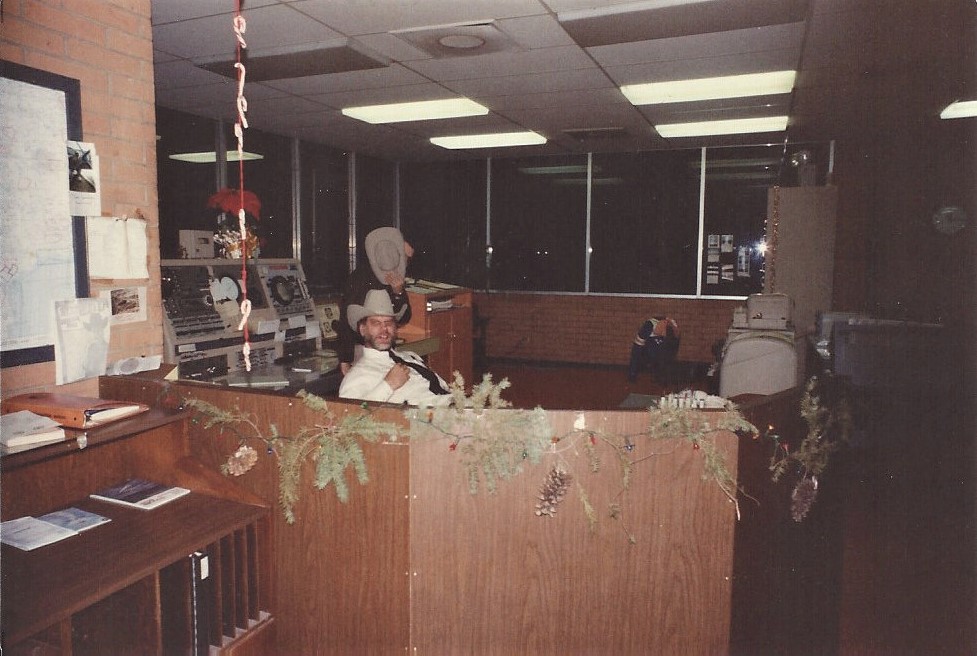
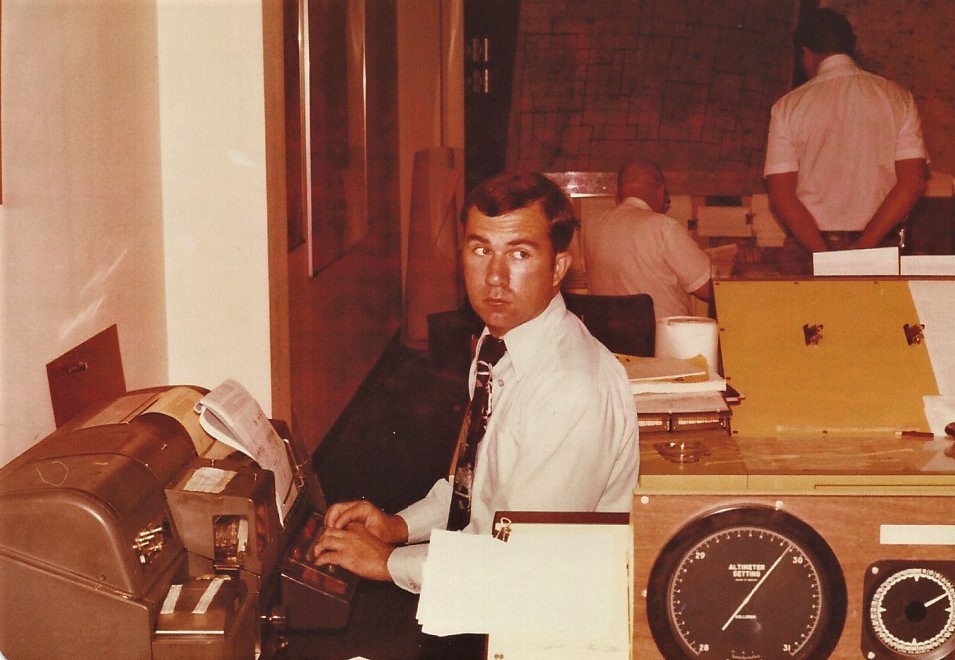
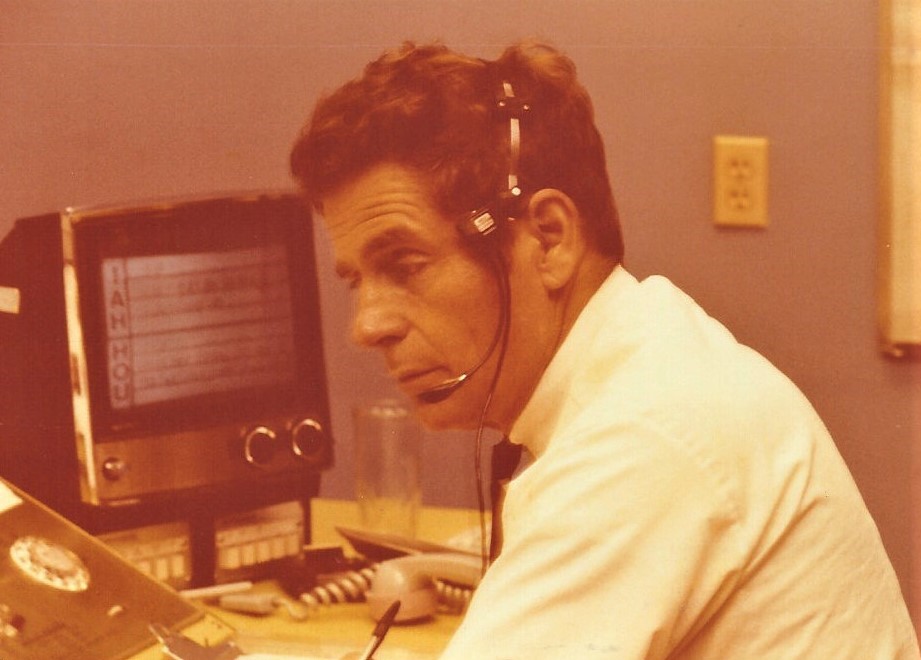
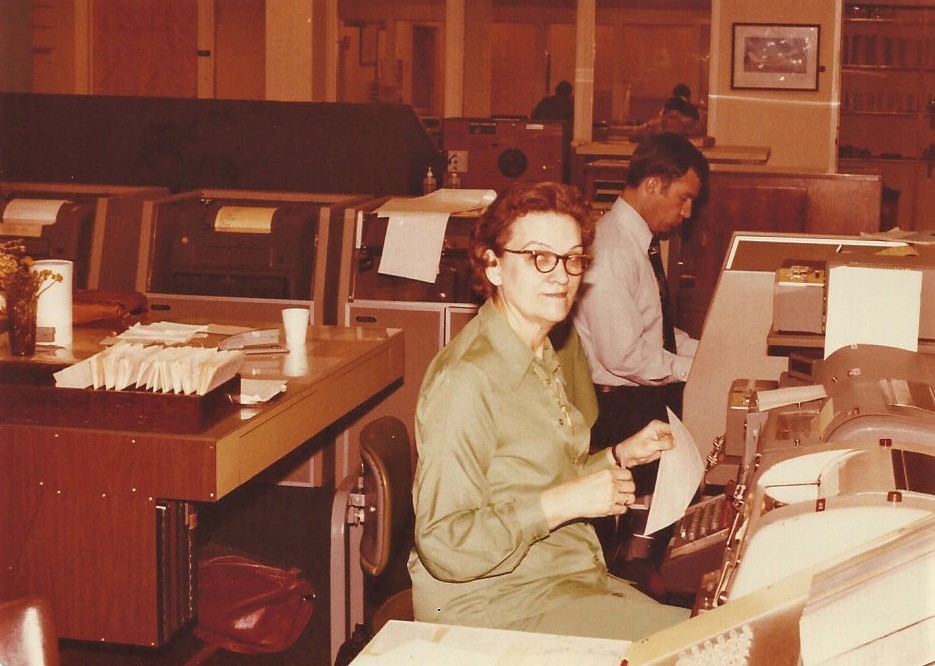
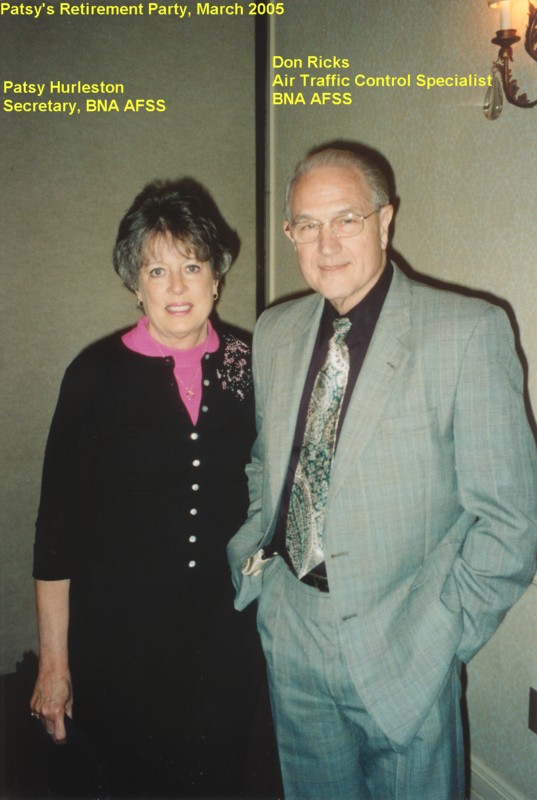
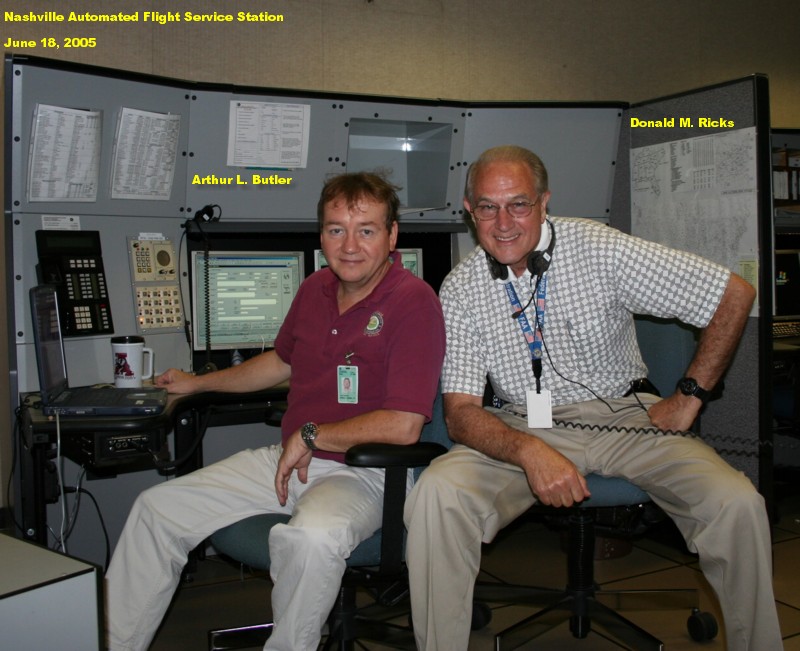

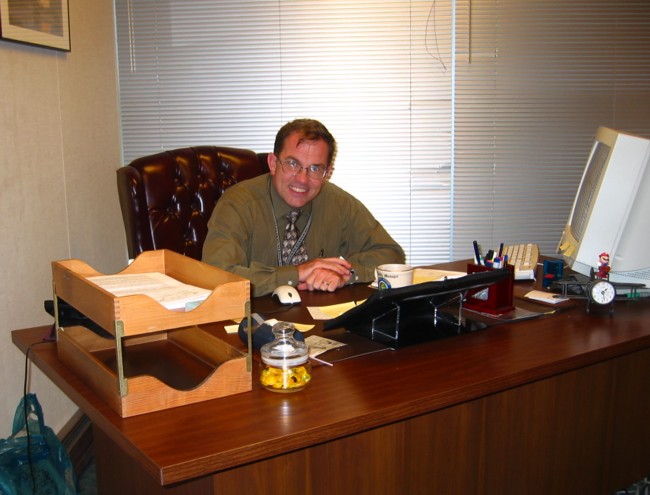
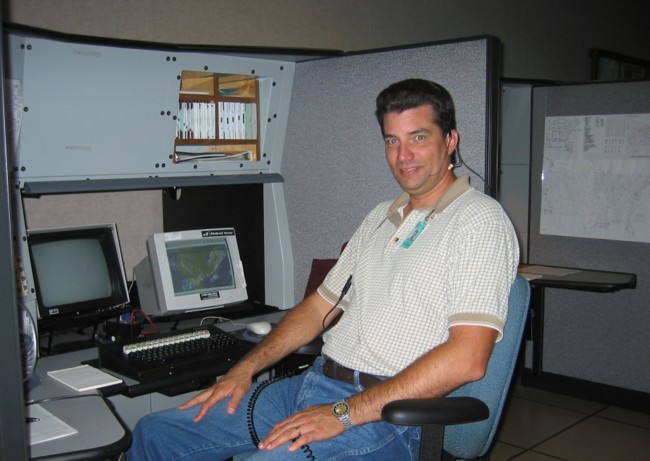
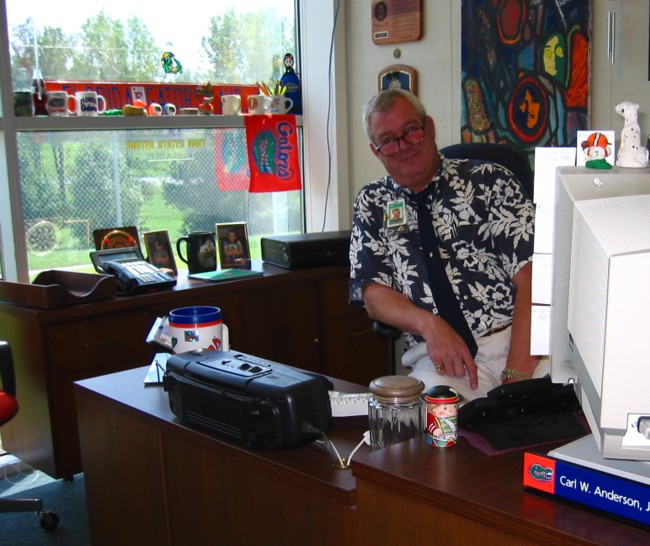
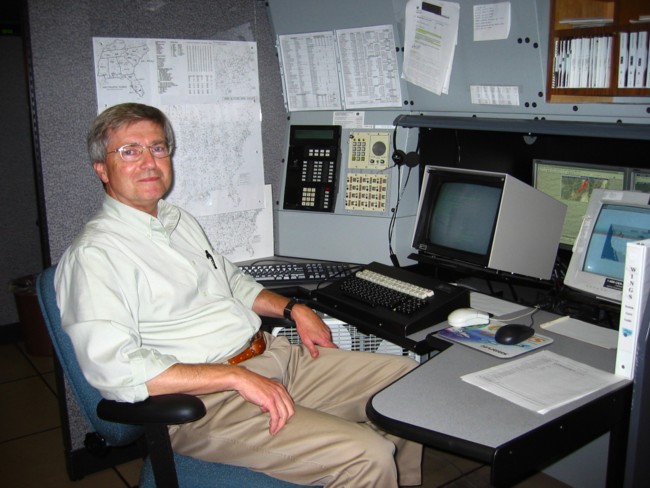 Don Morris
Don Morris